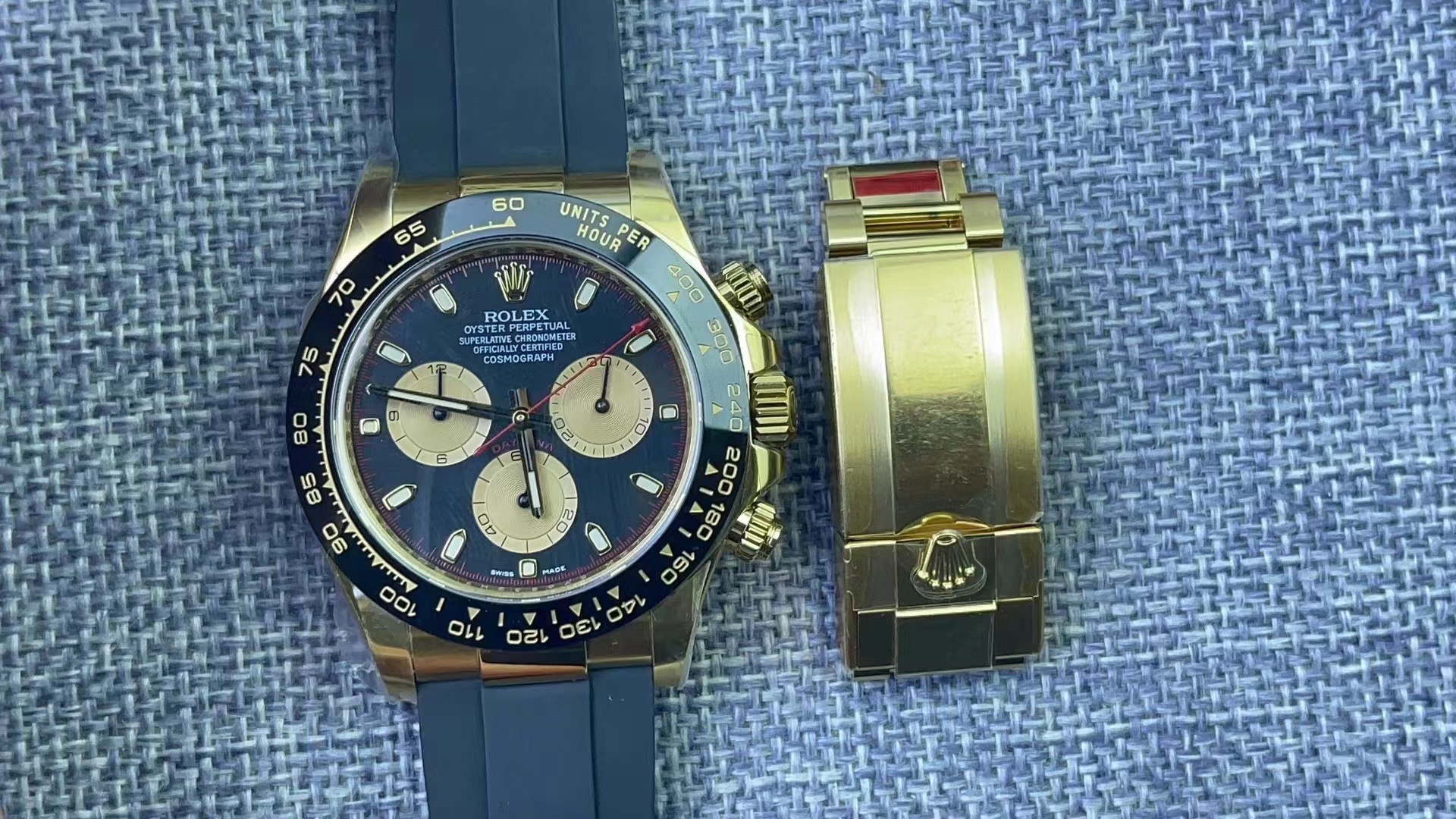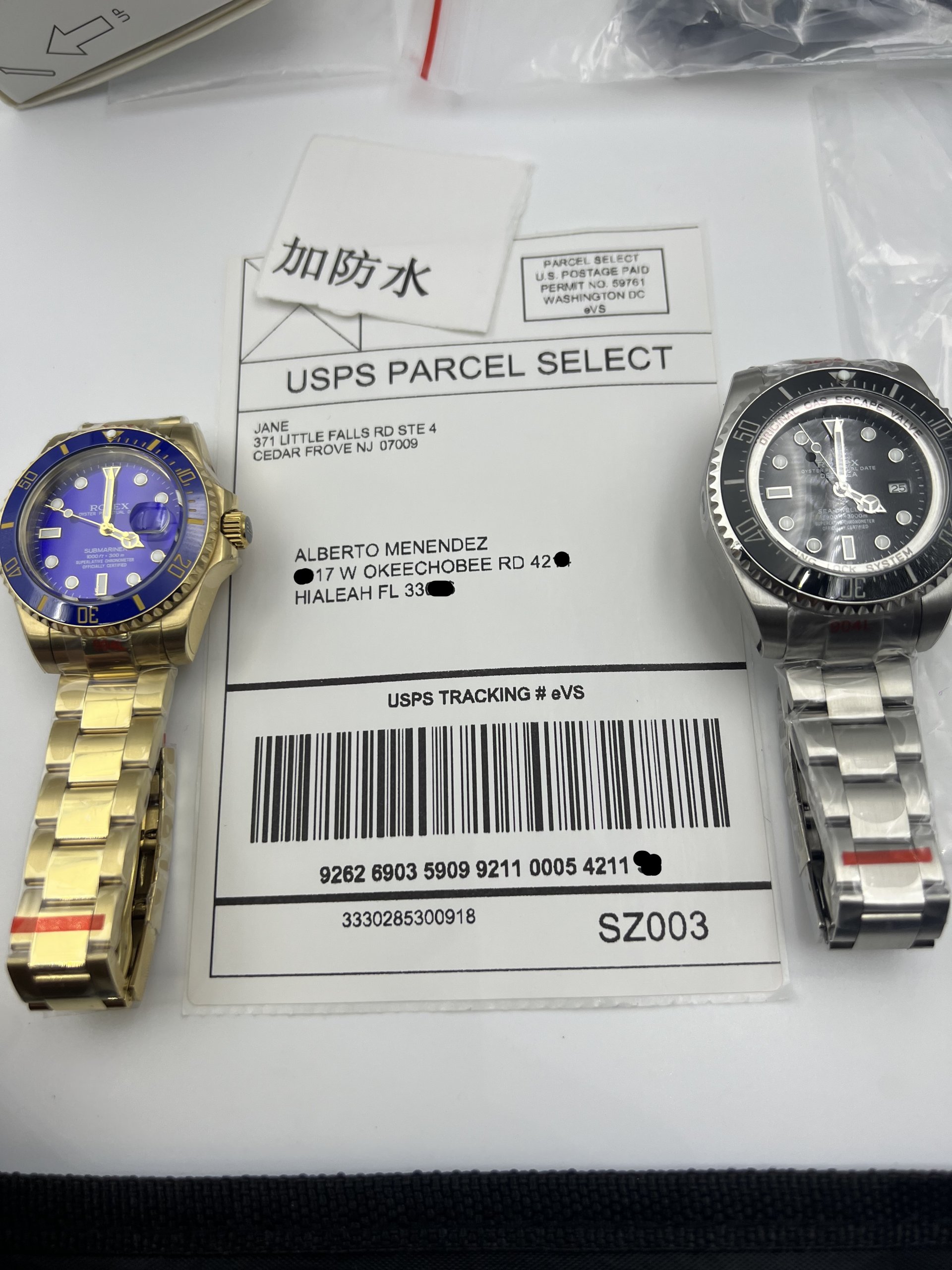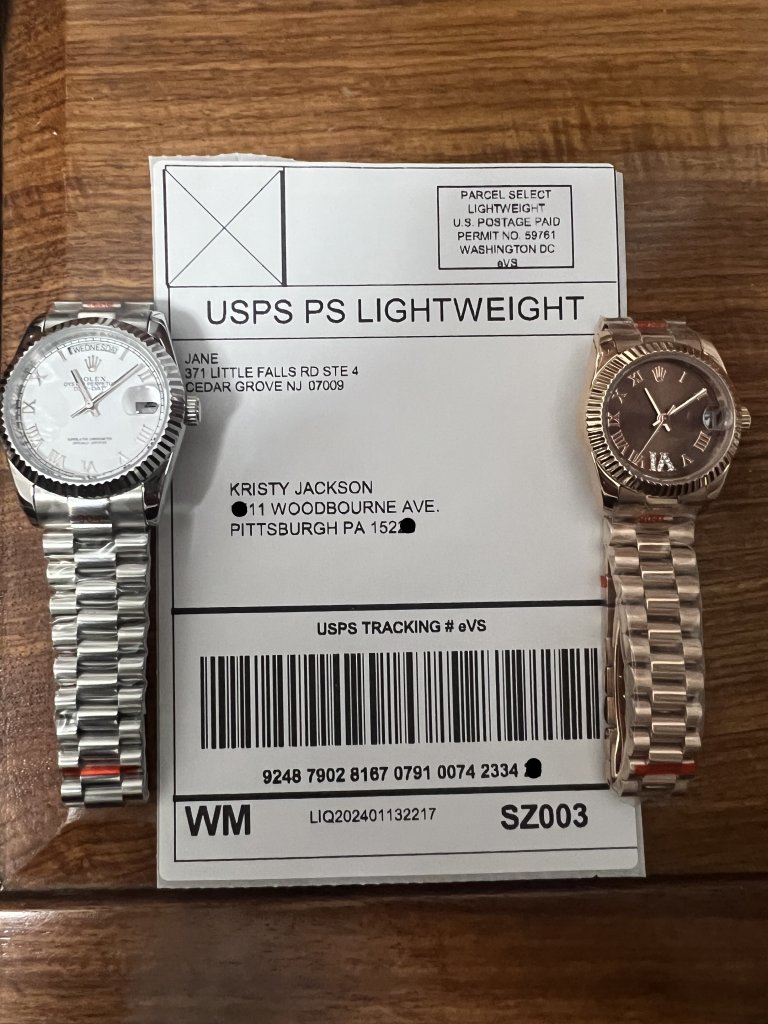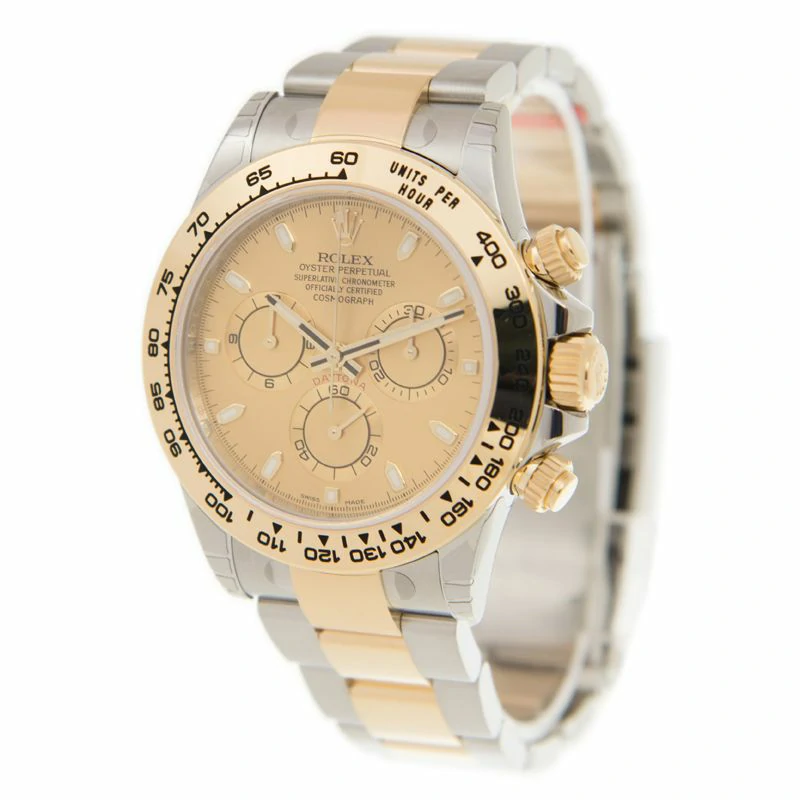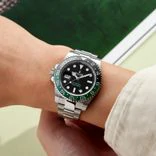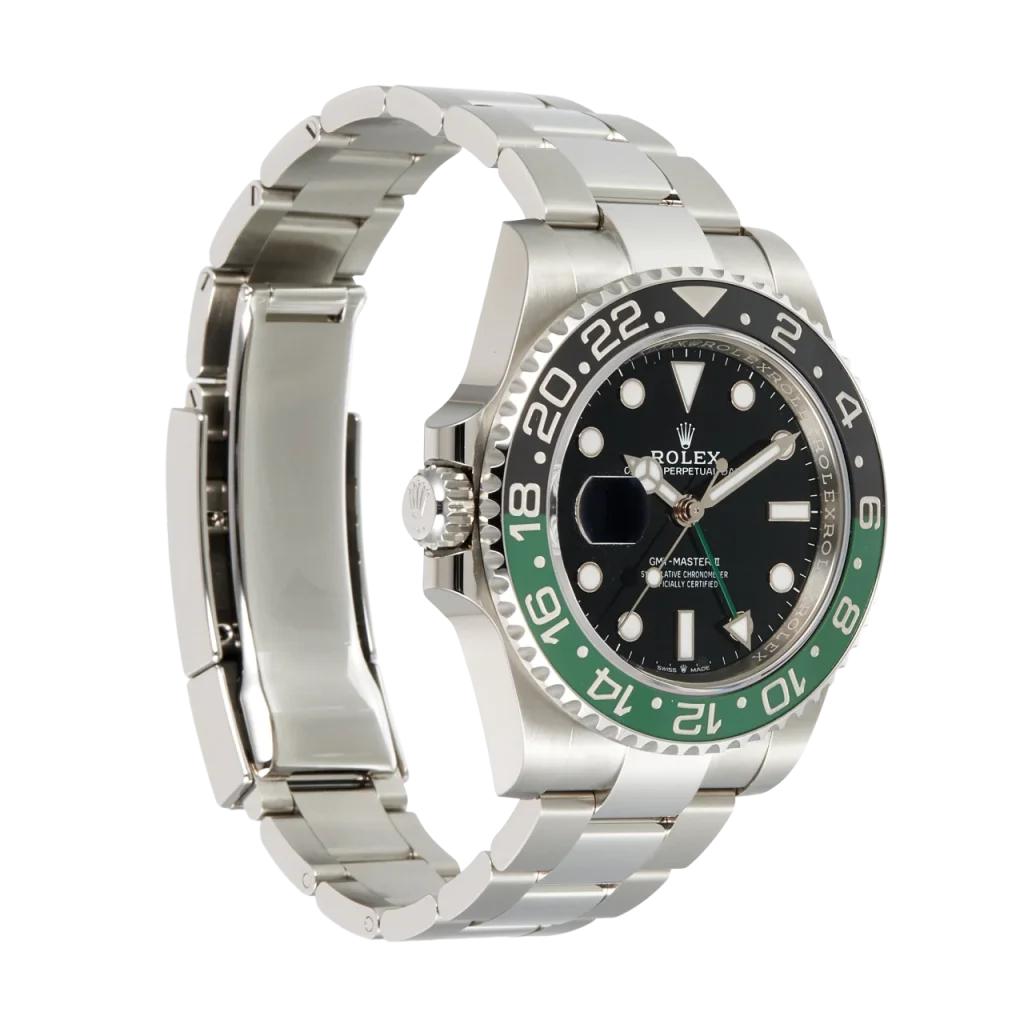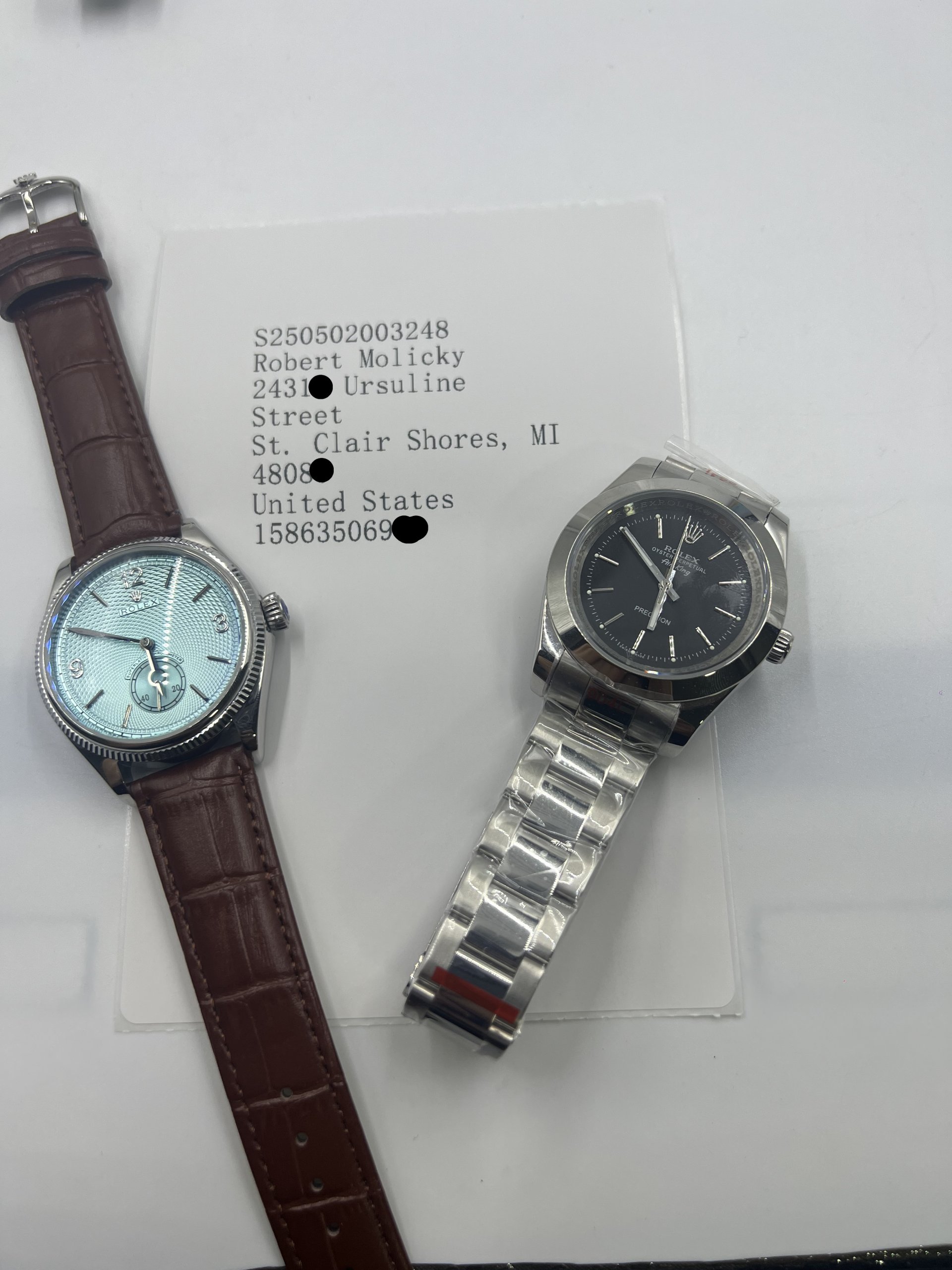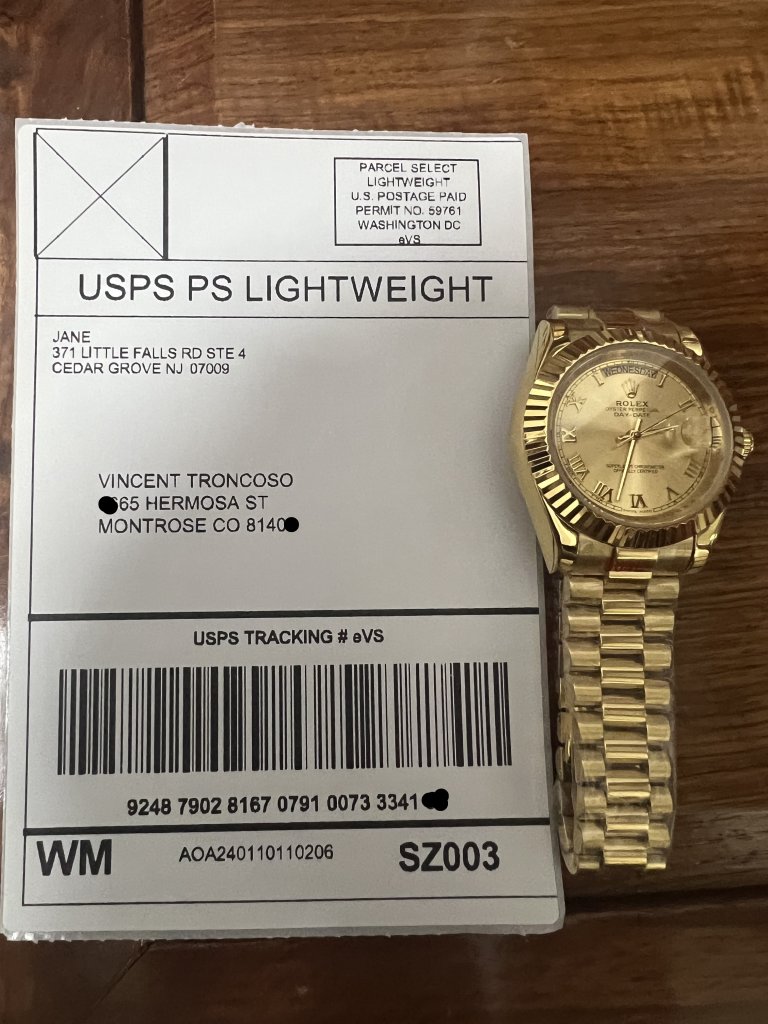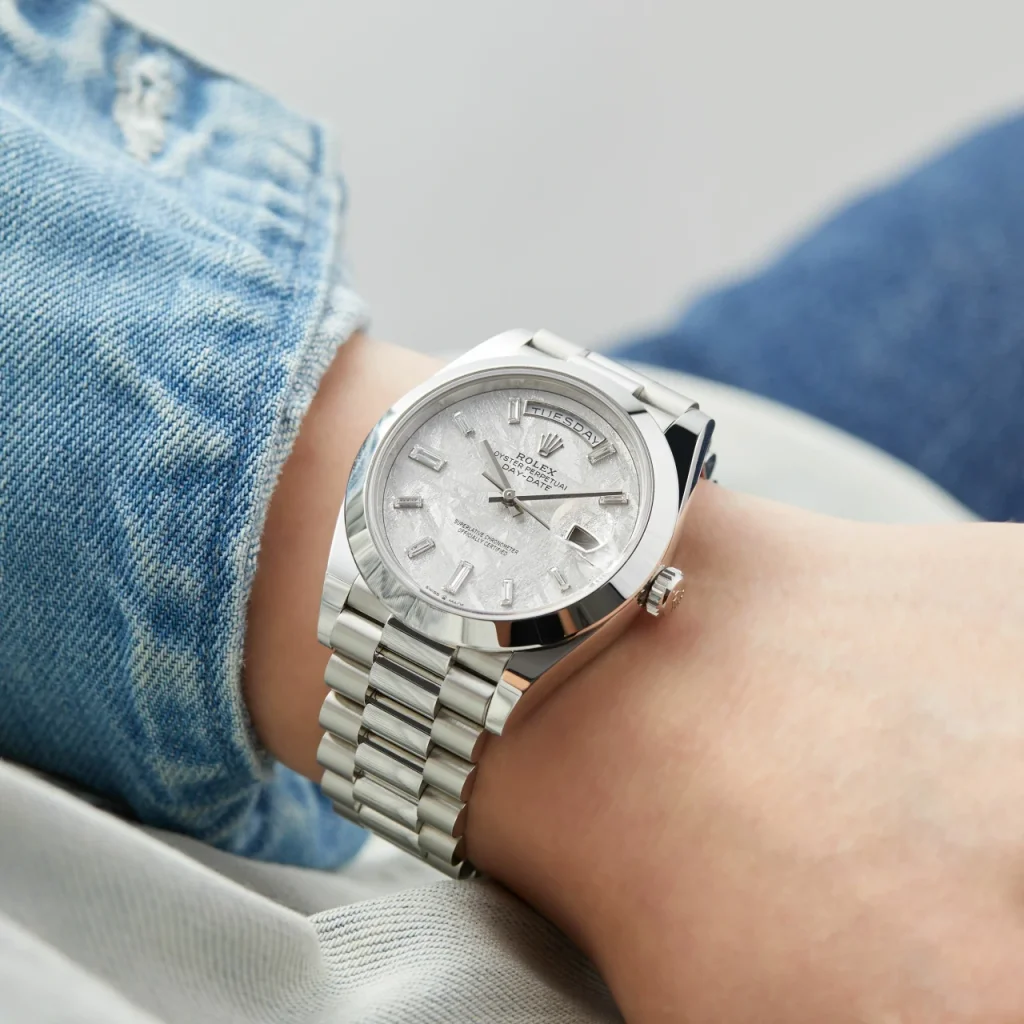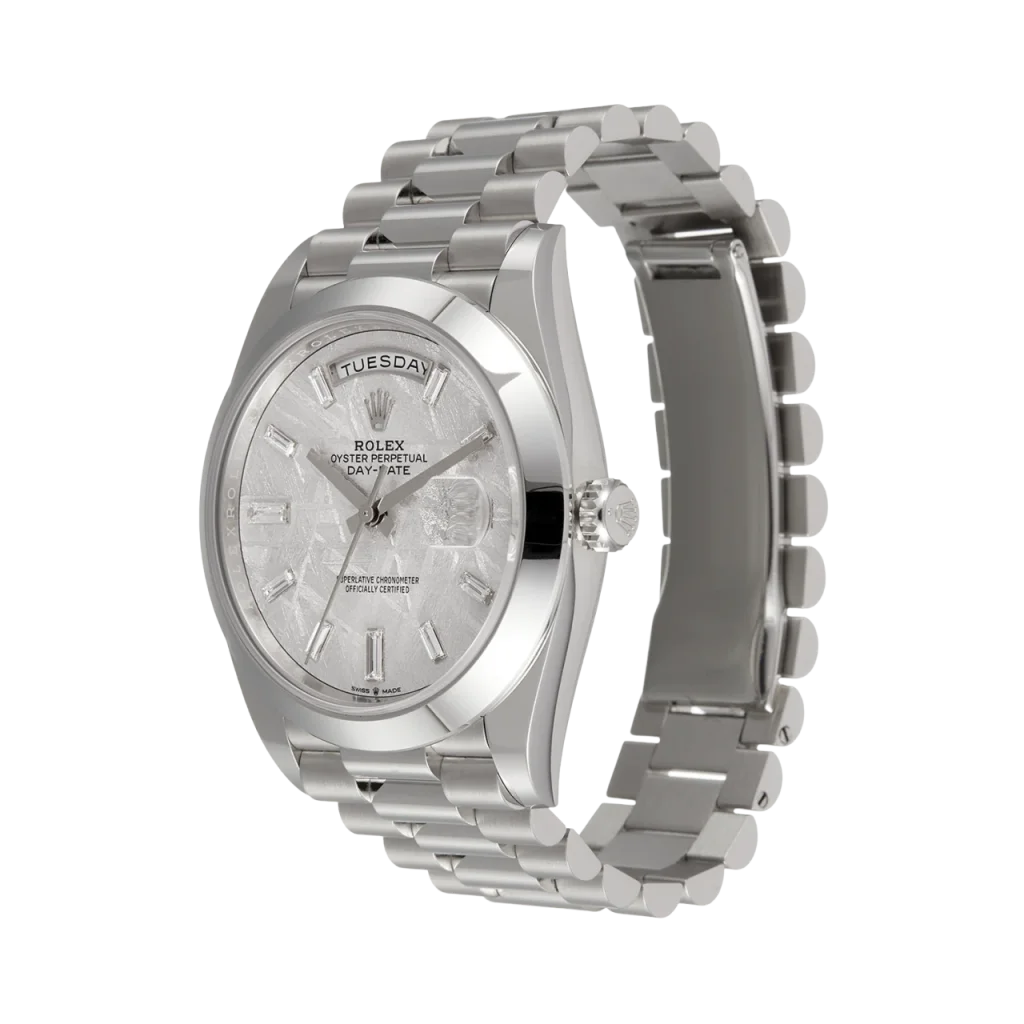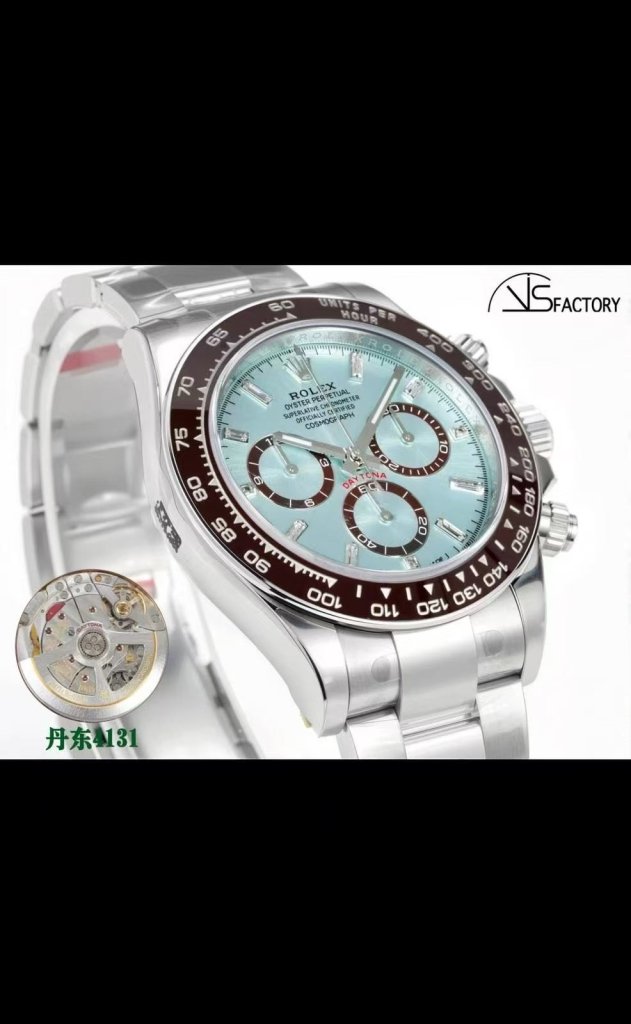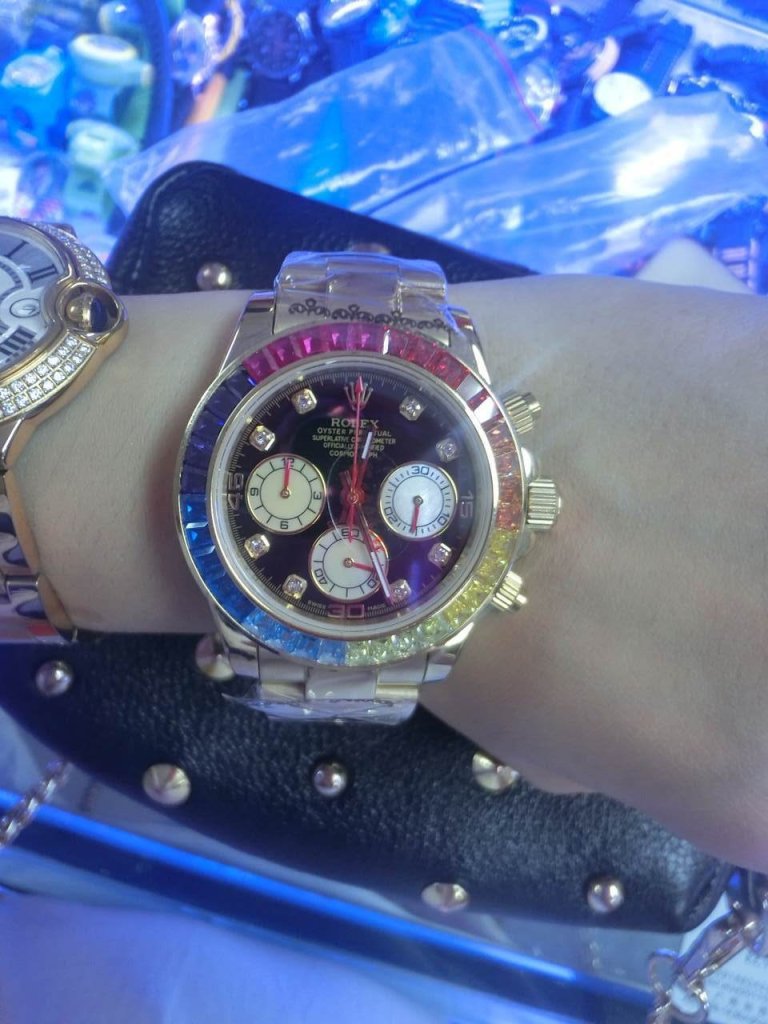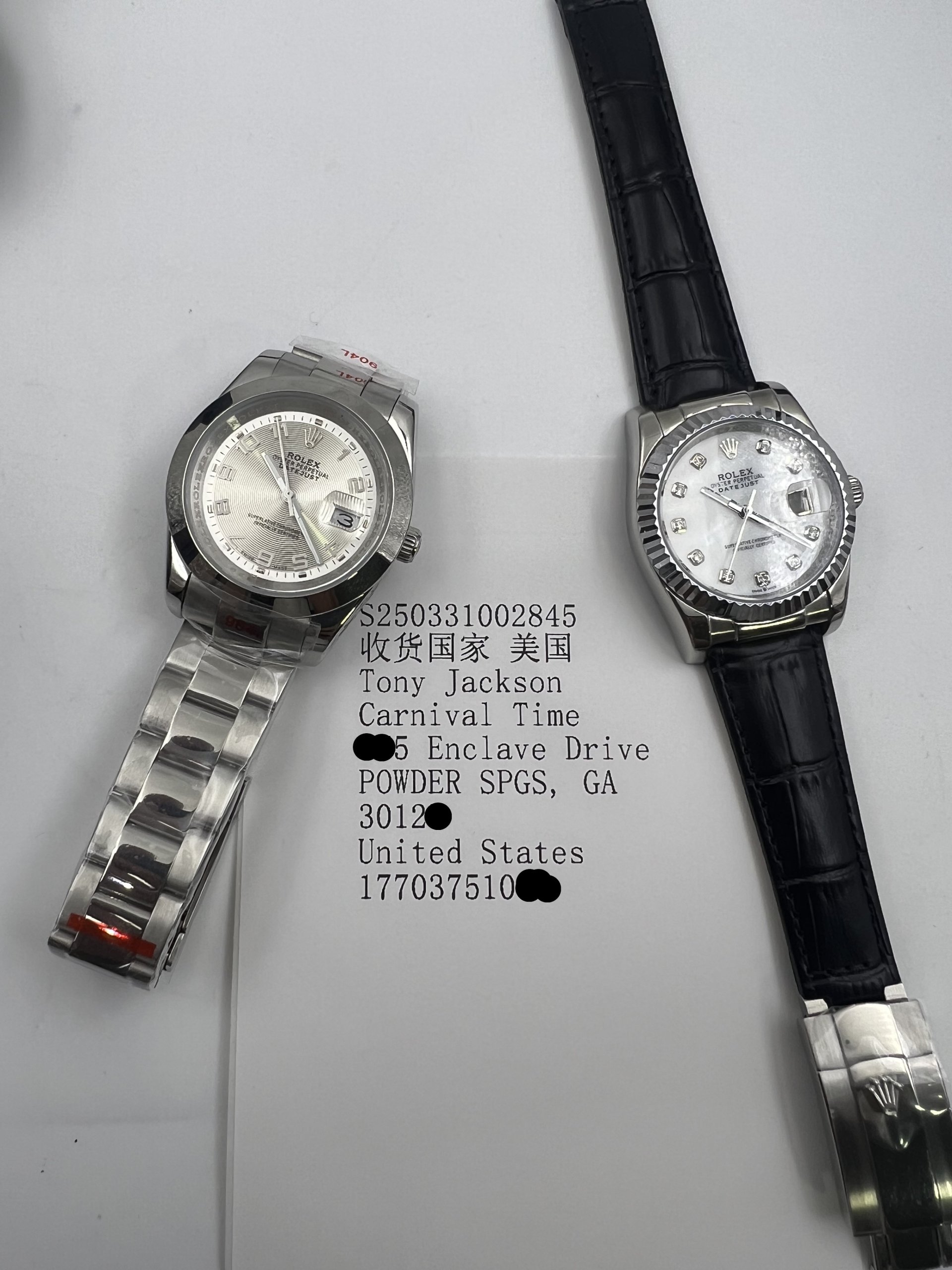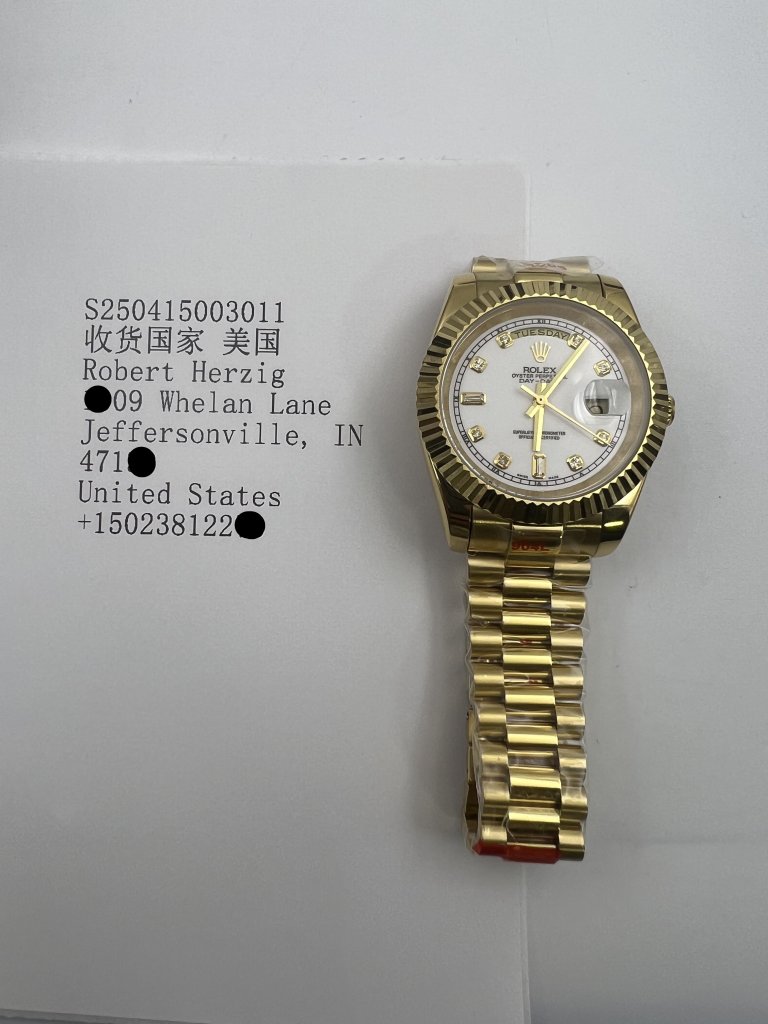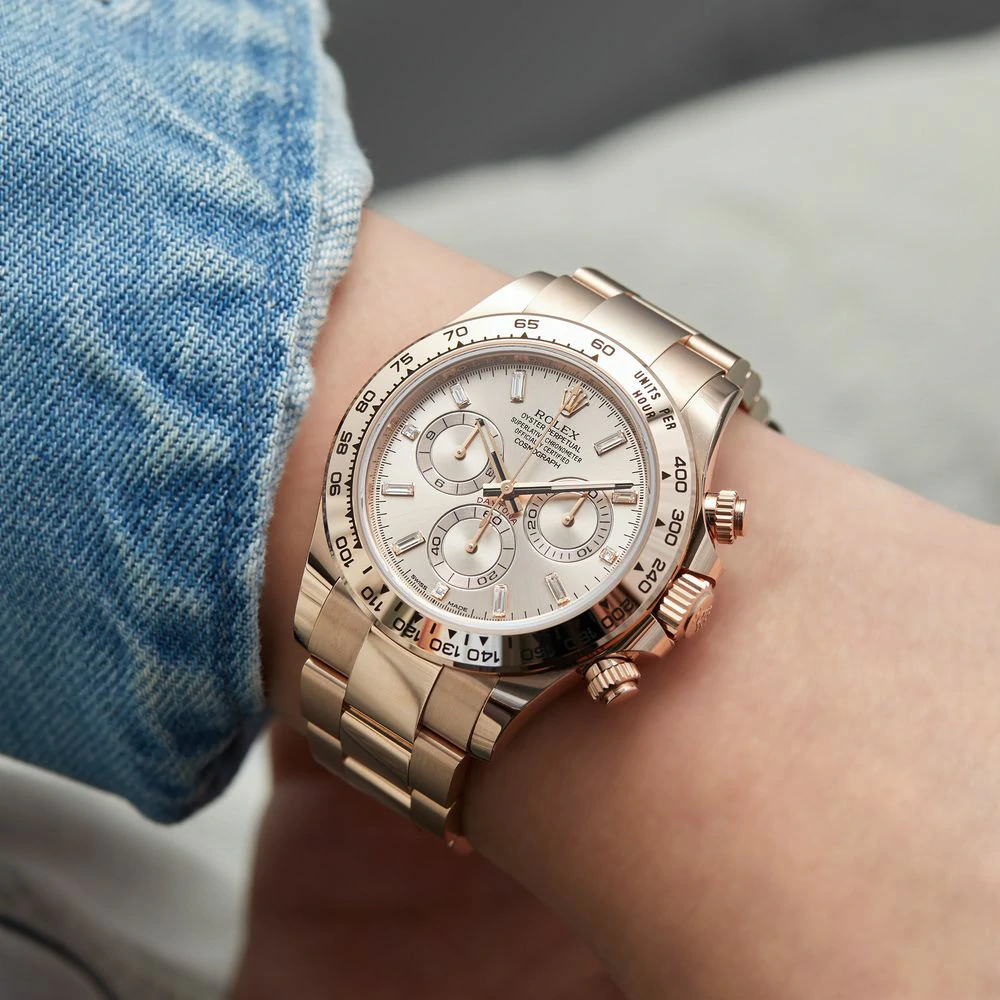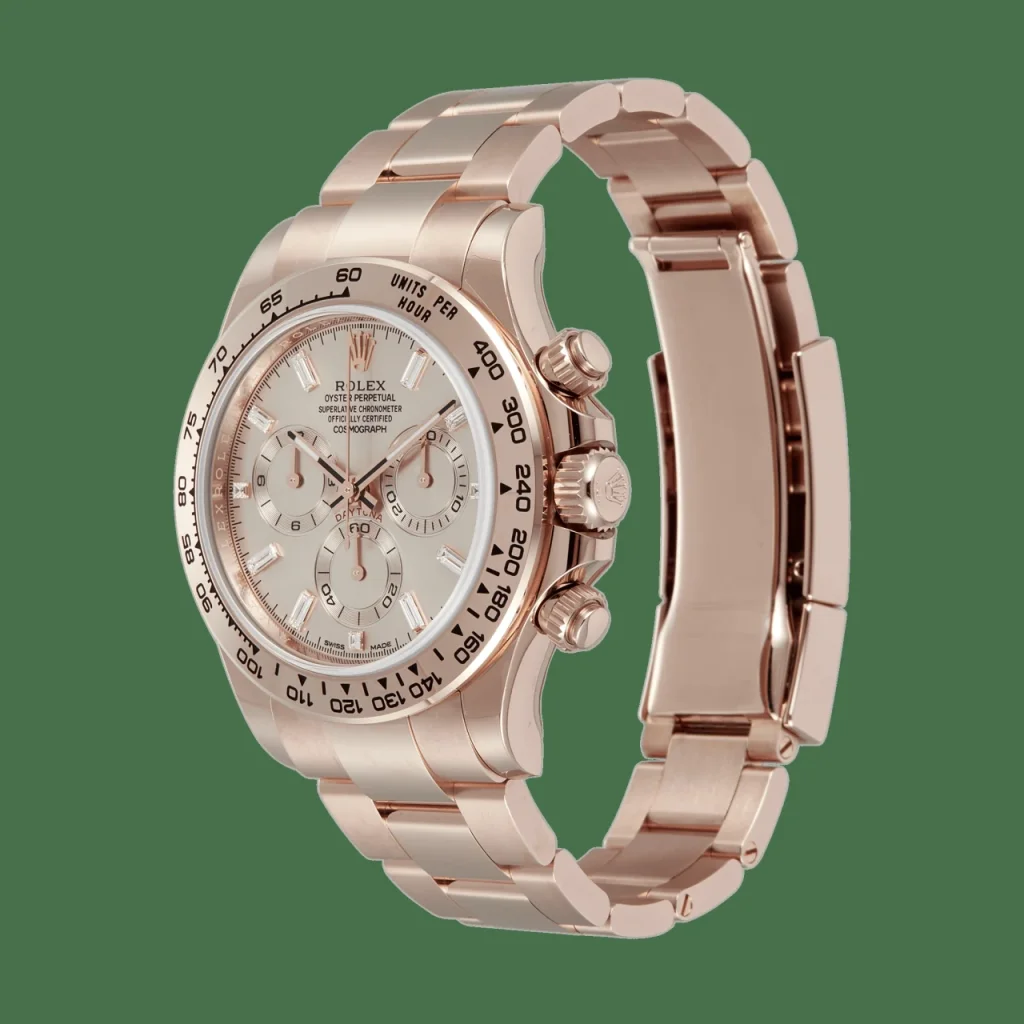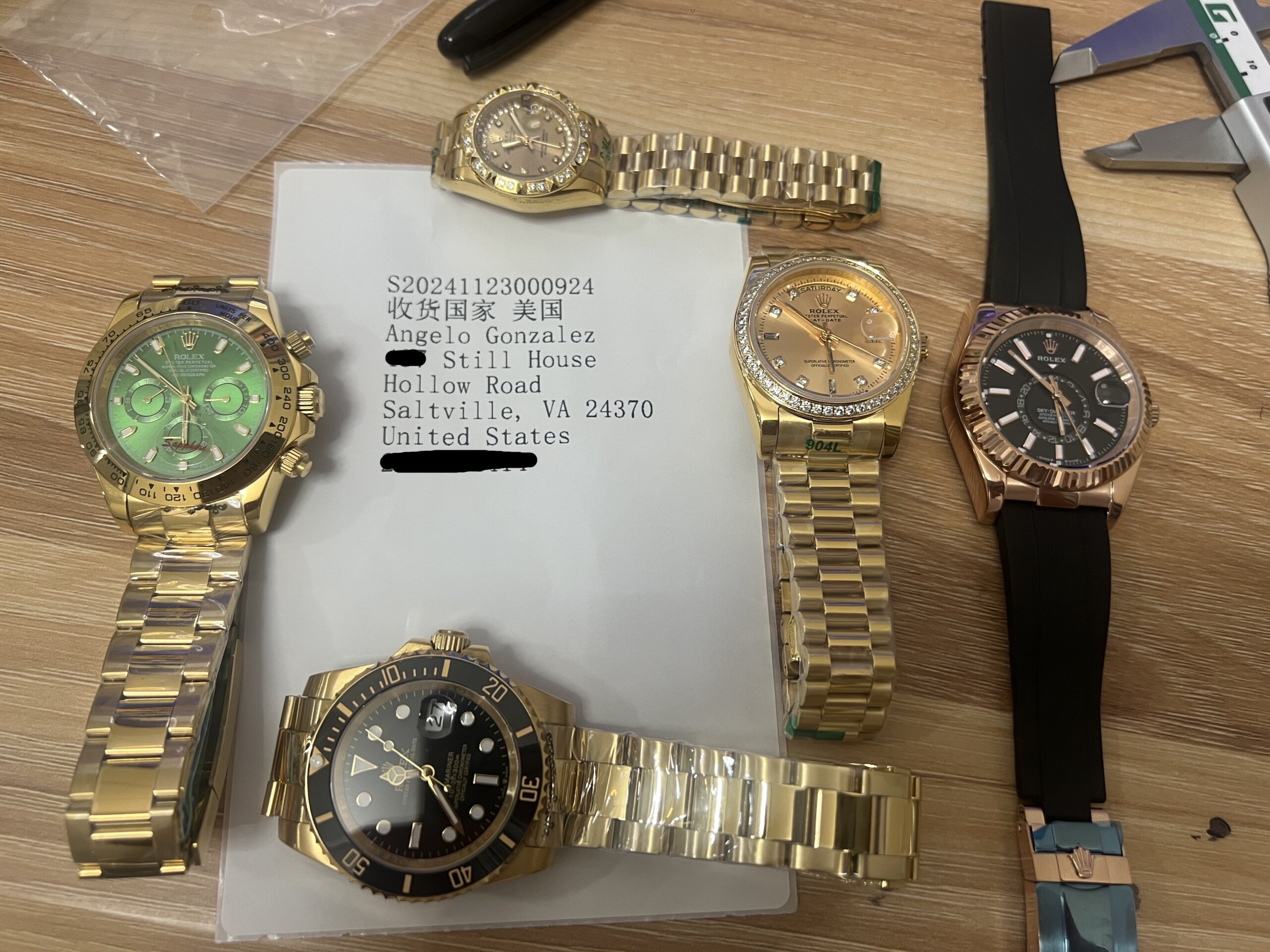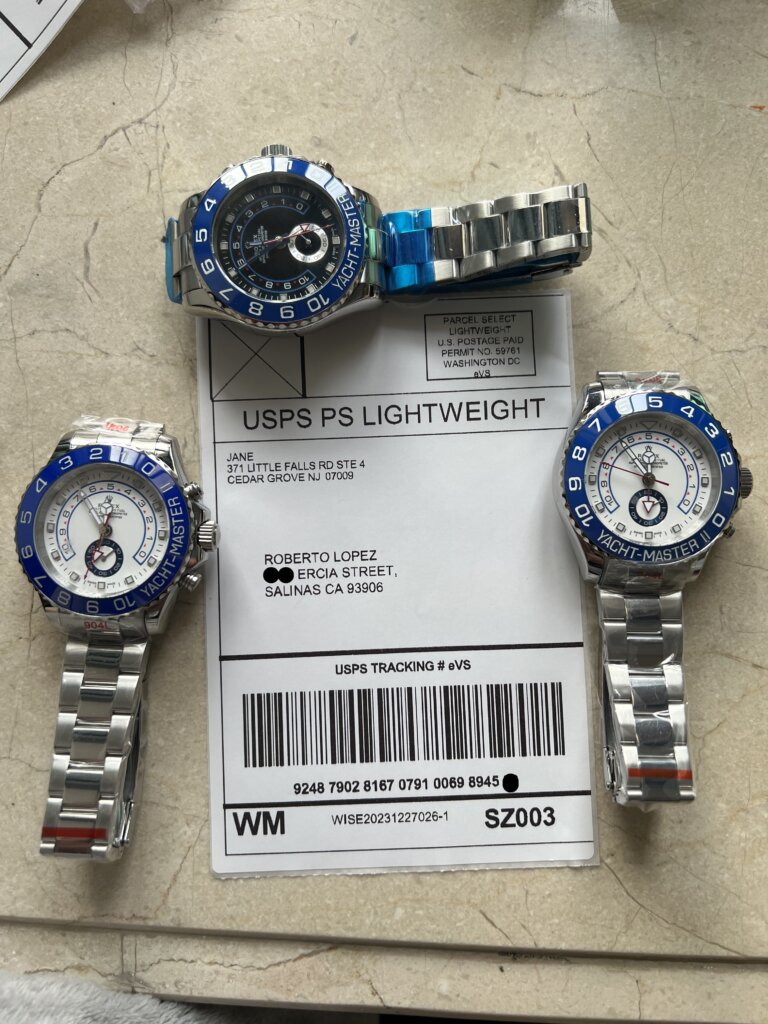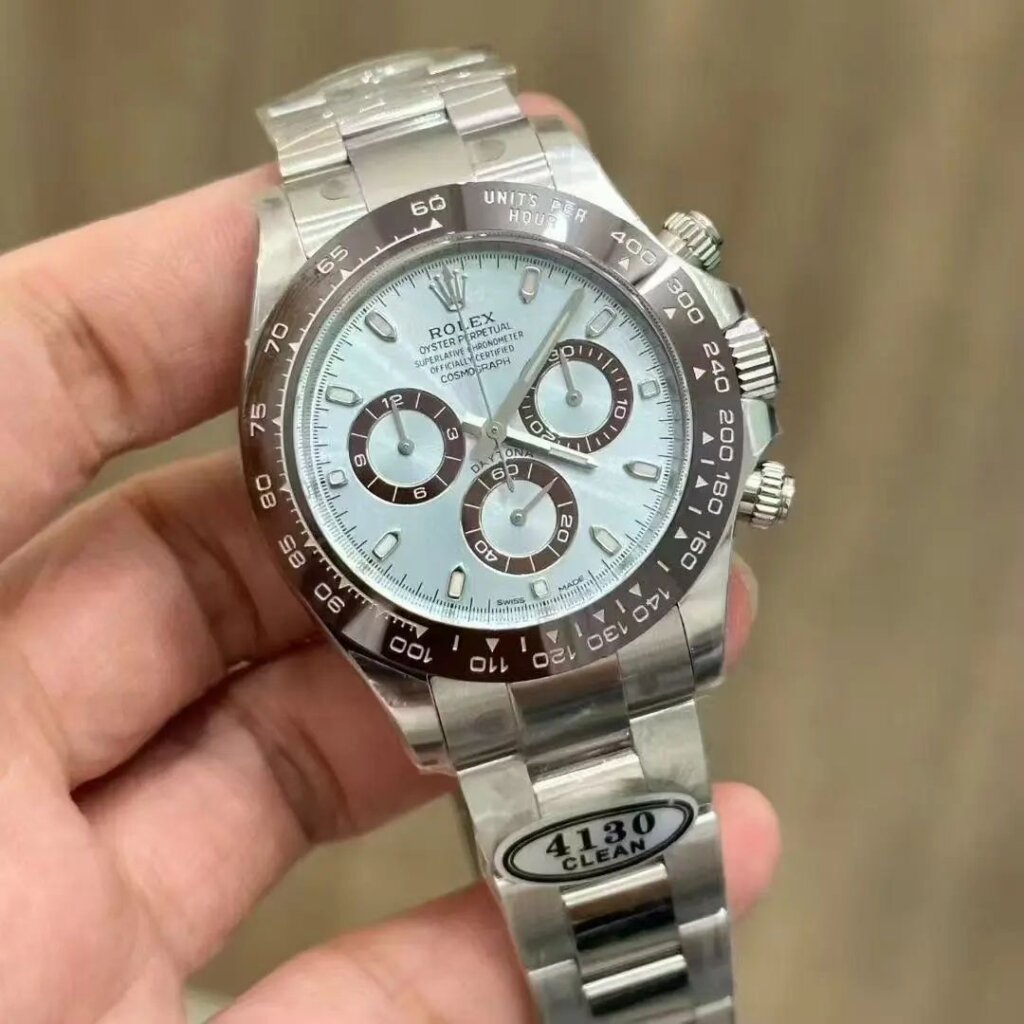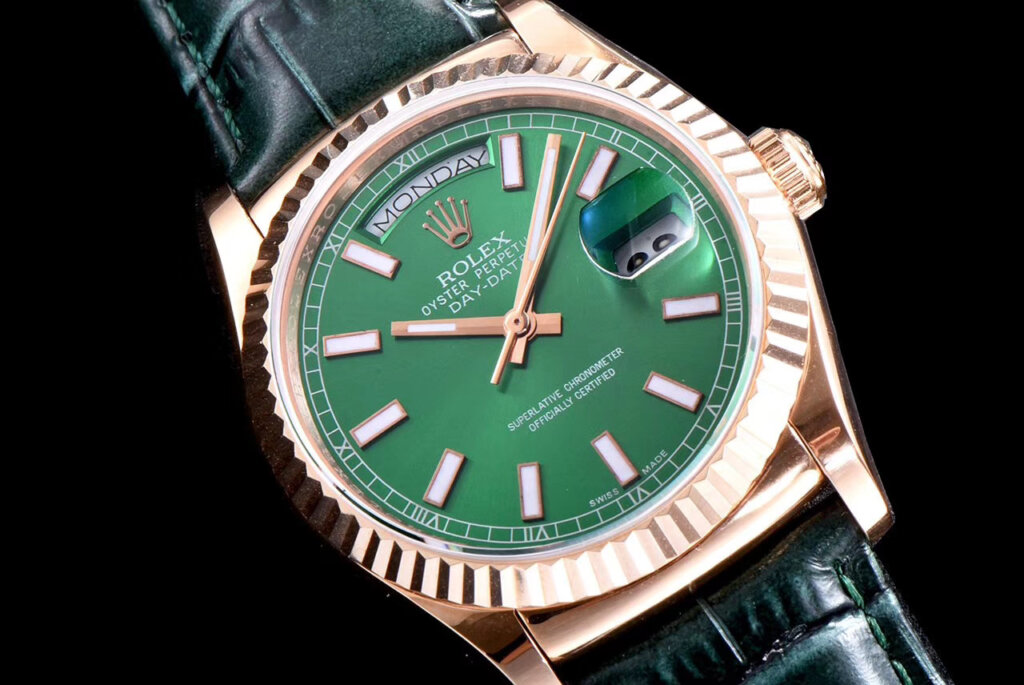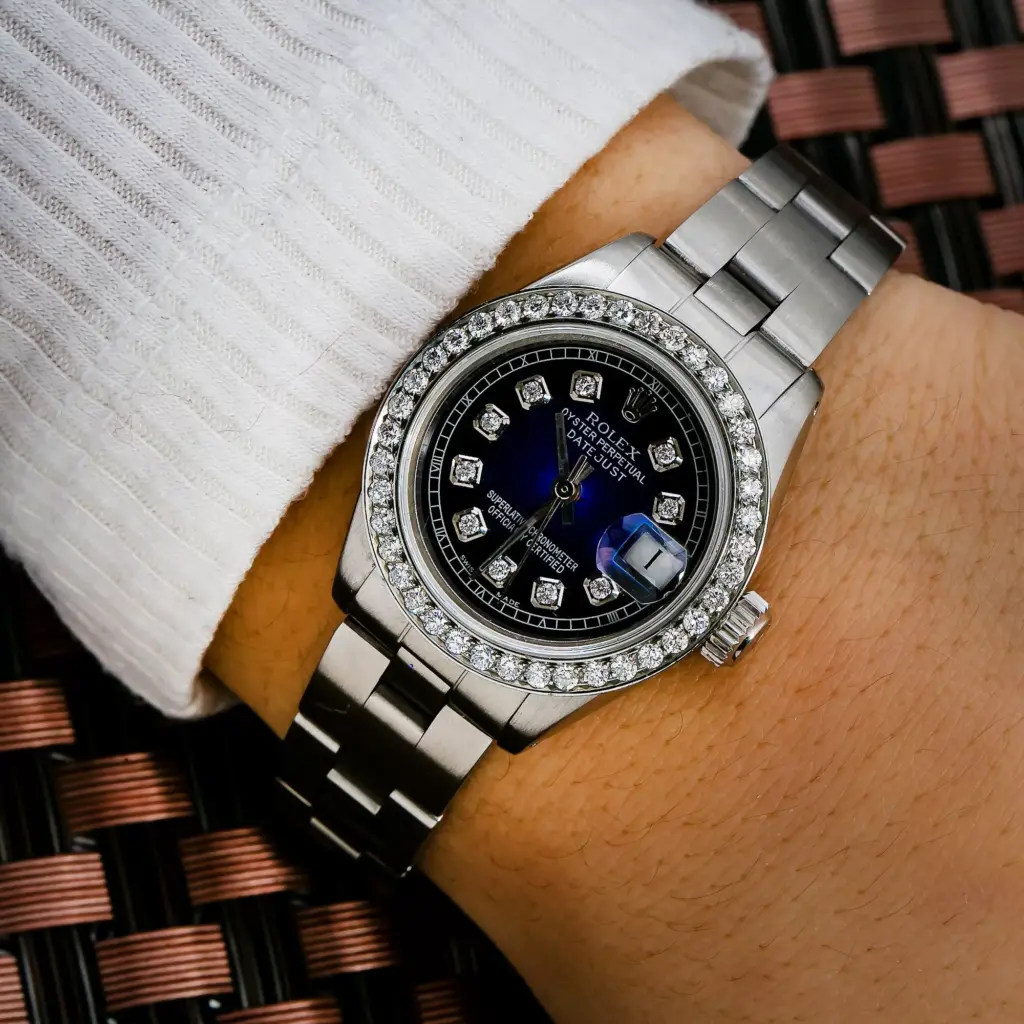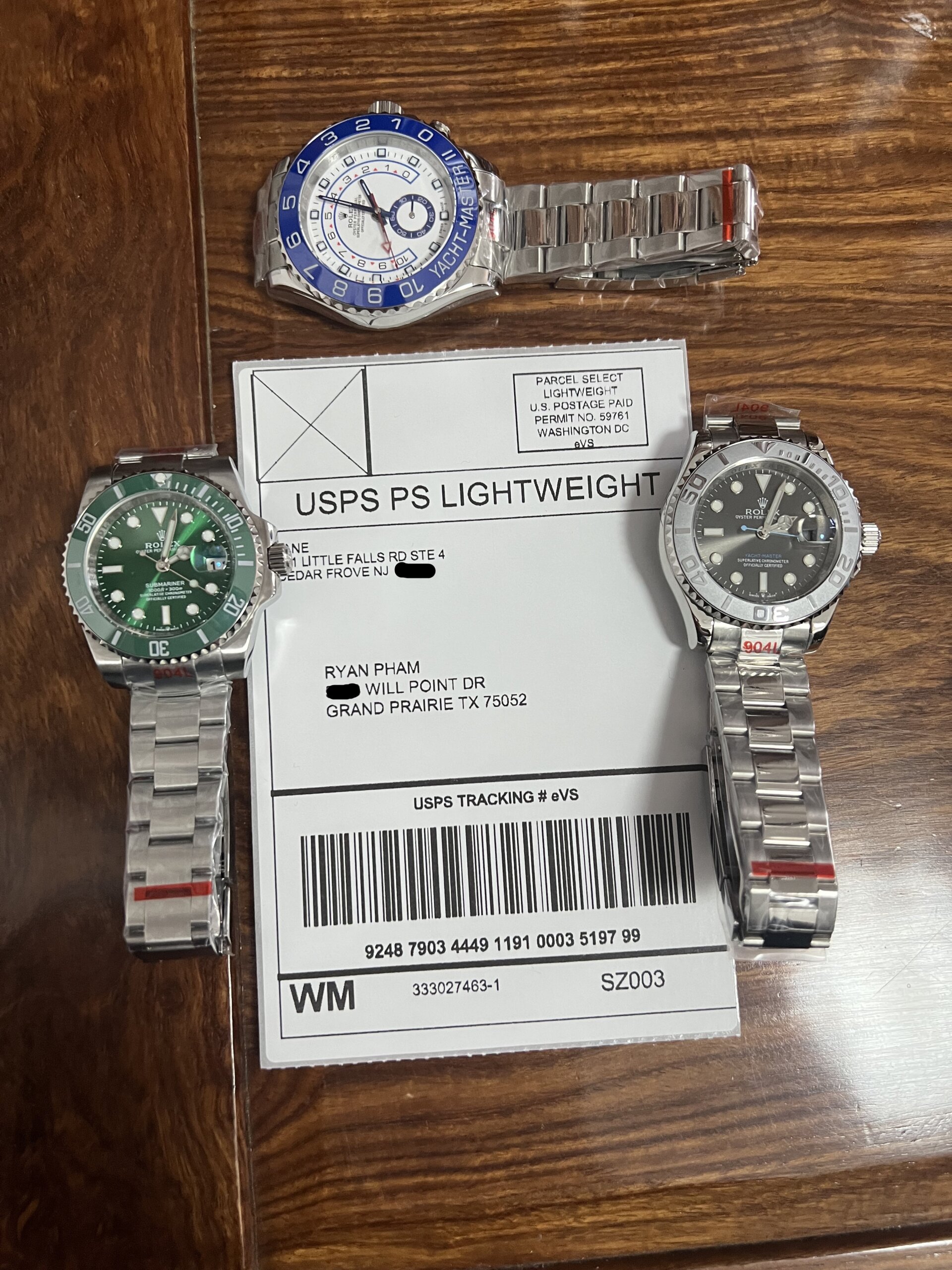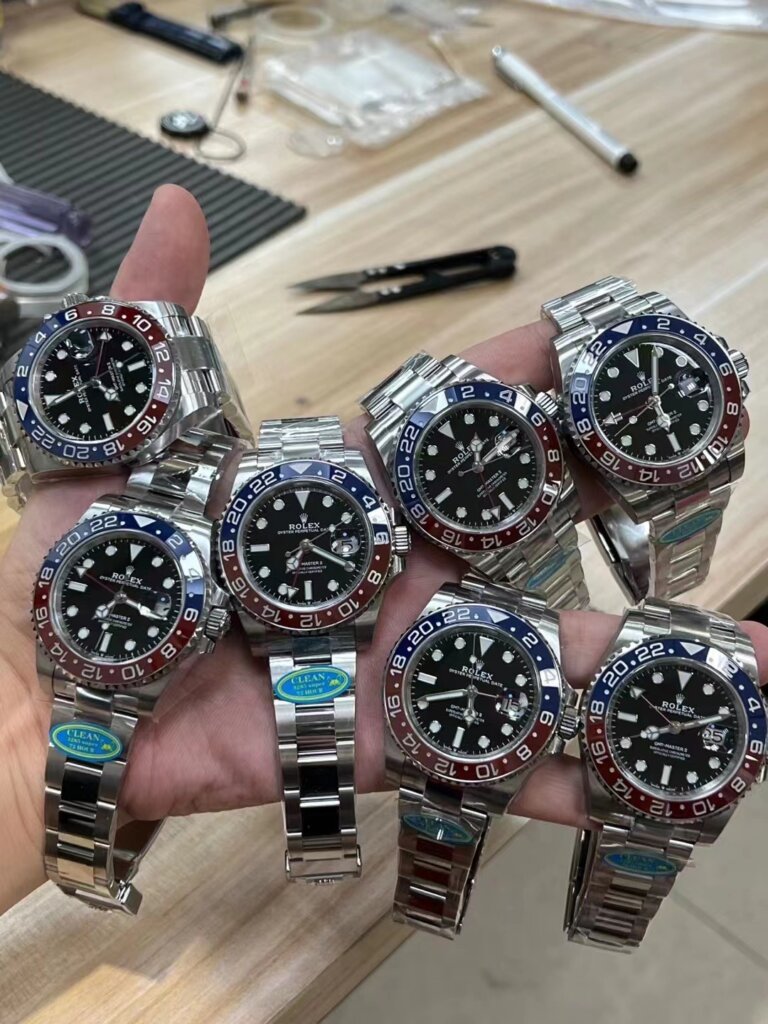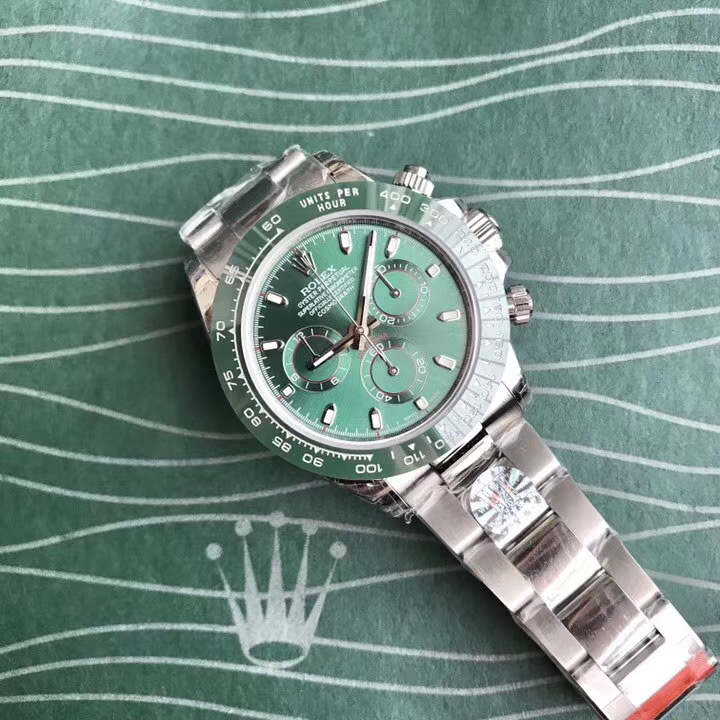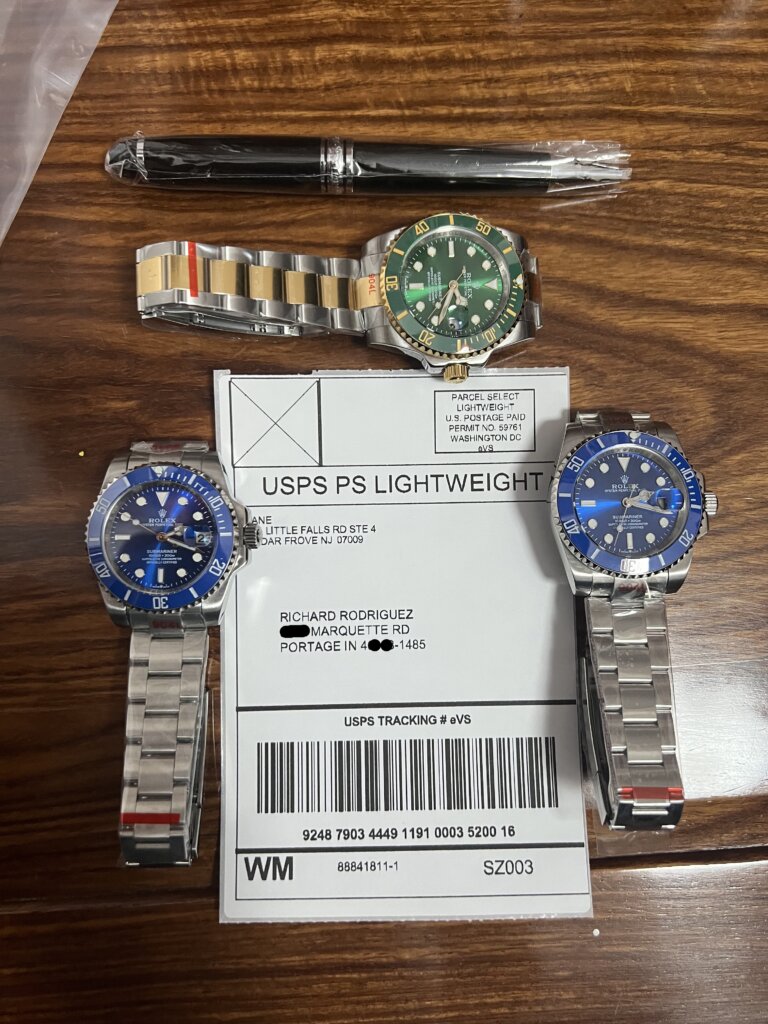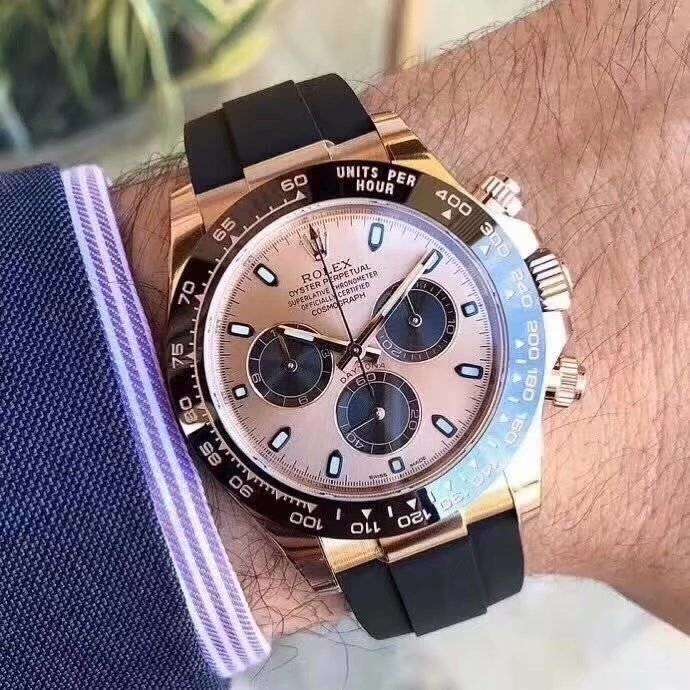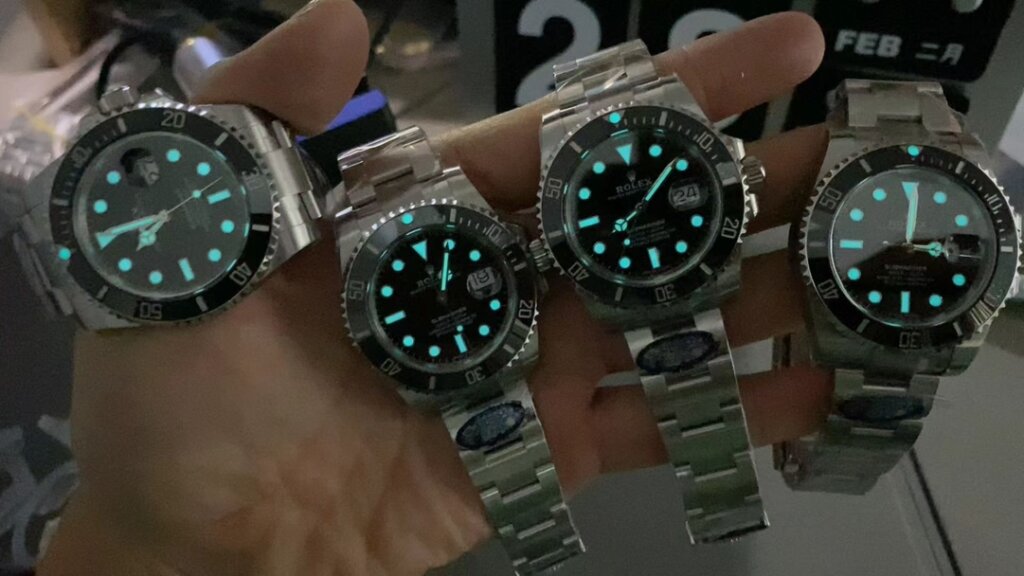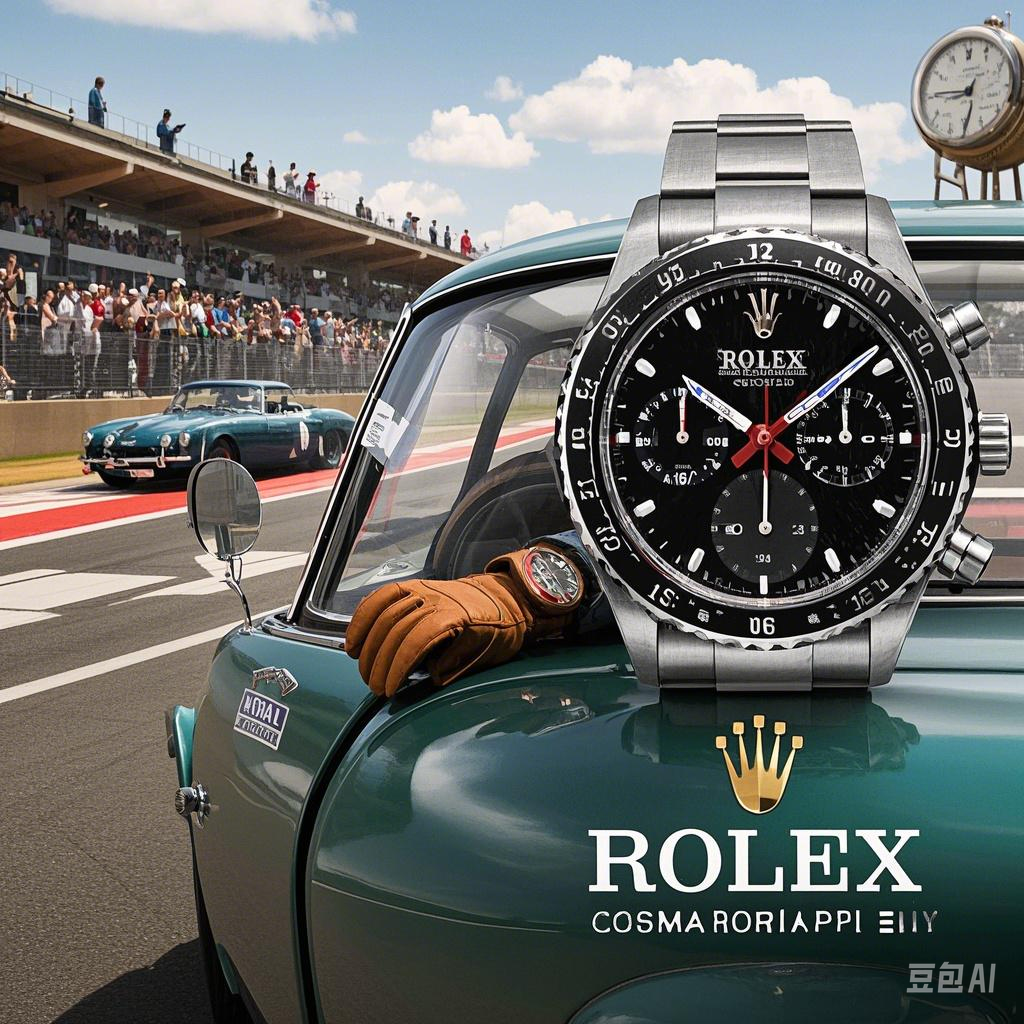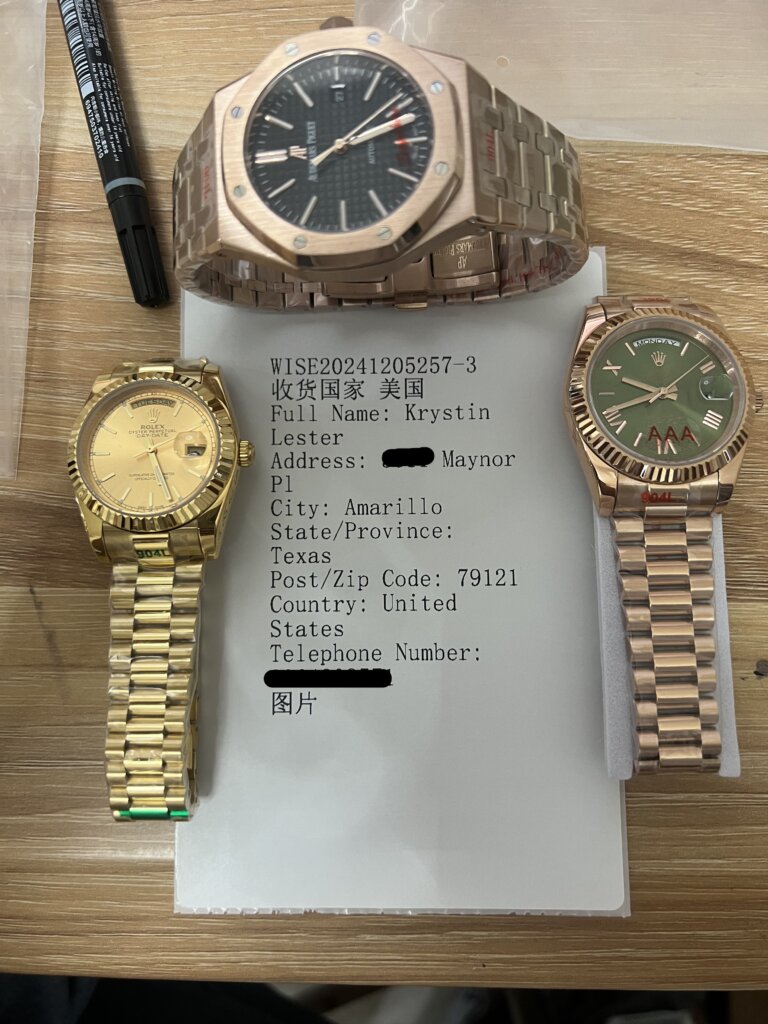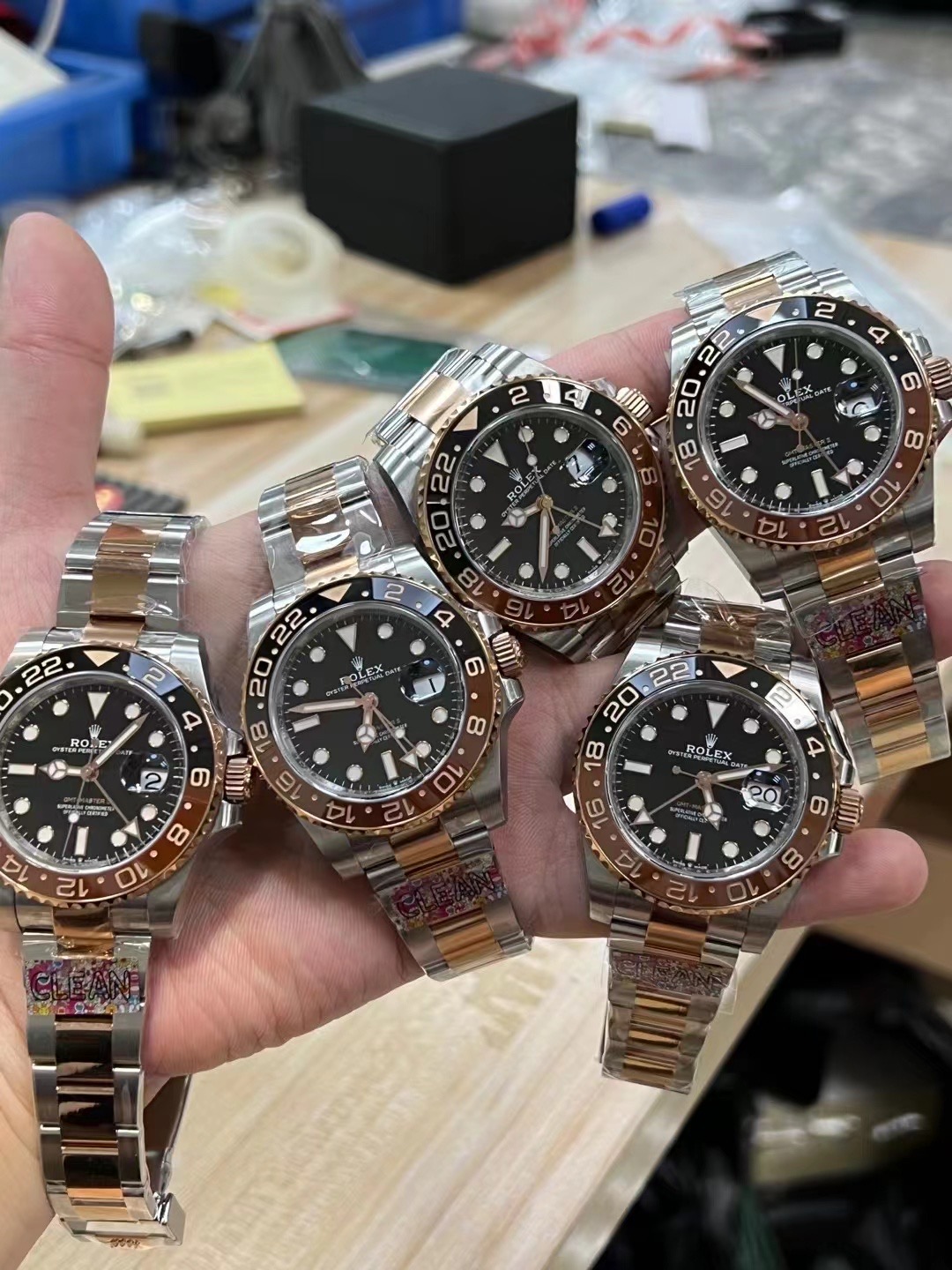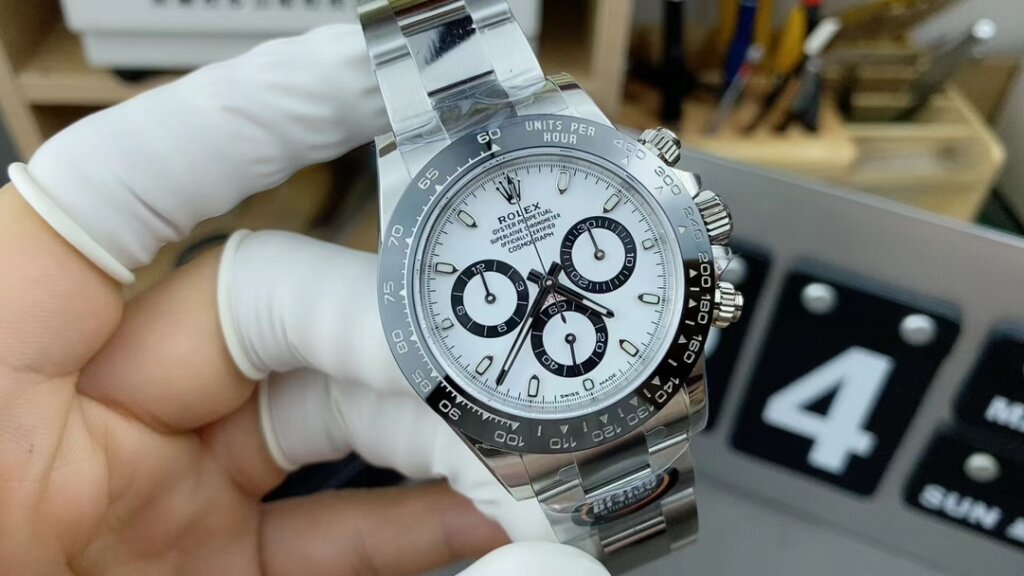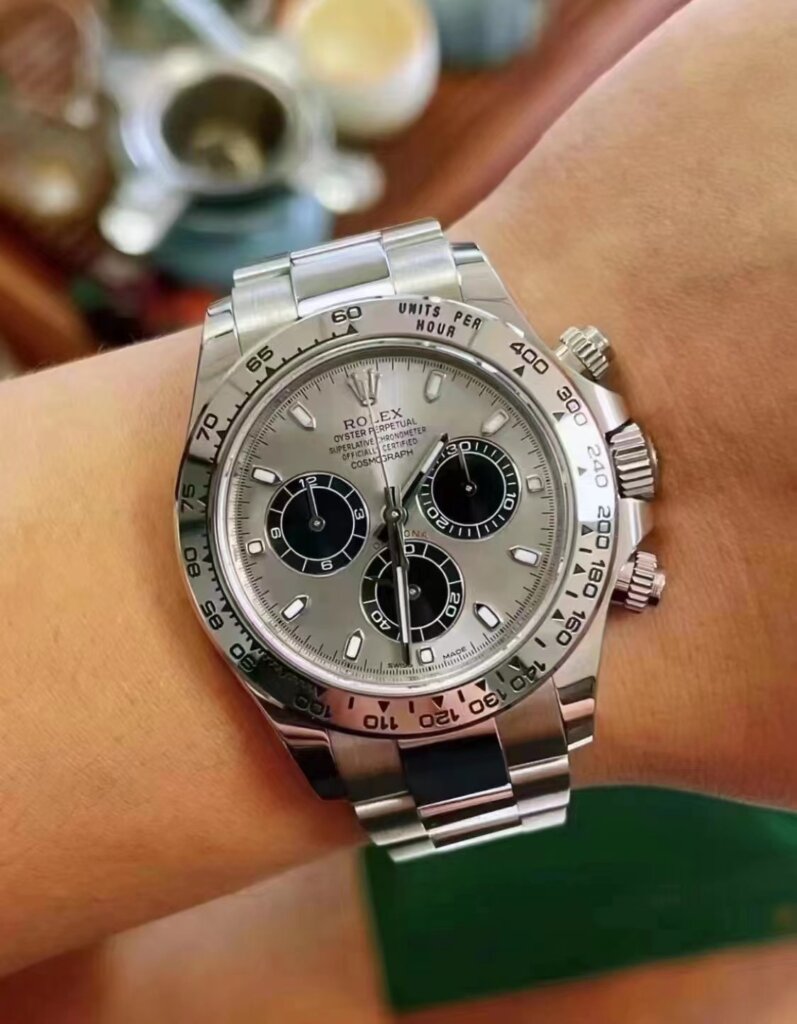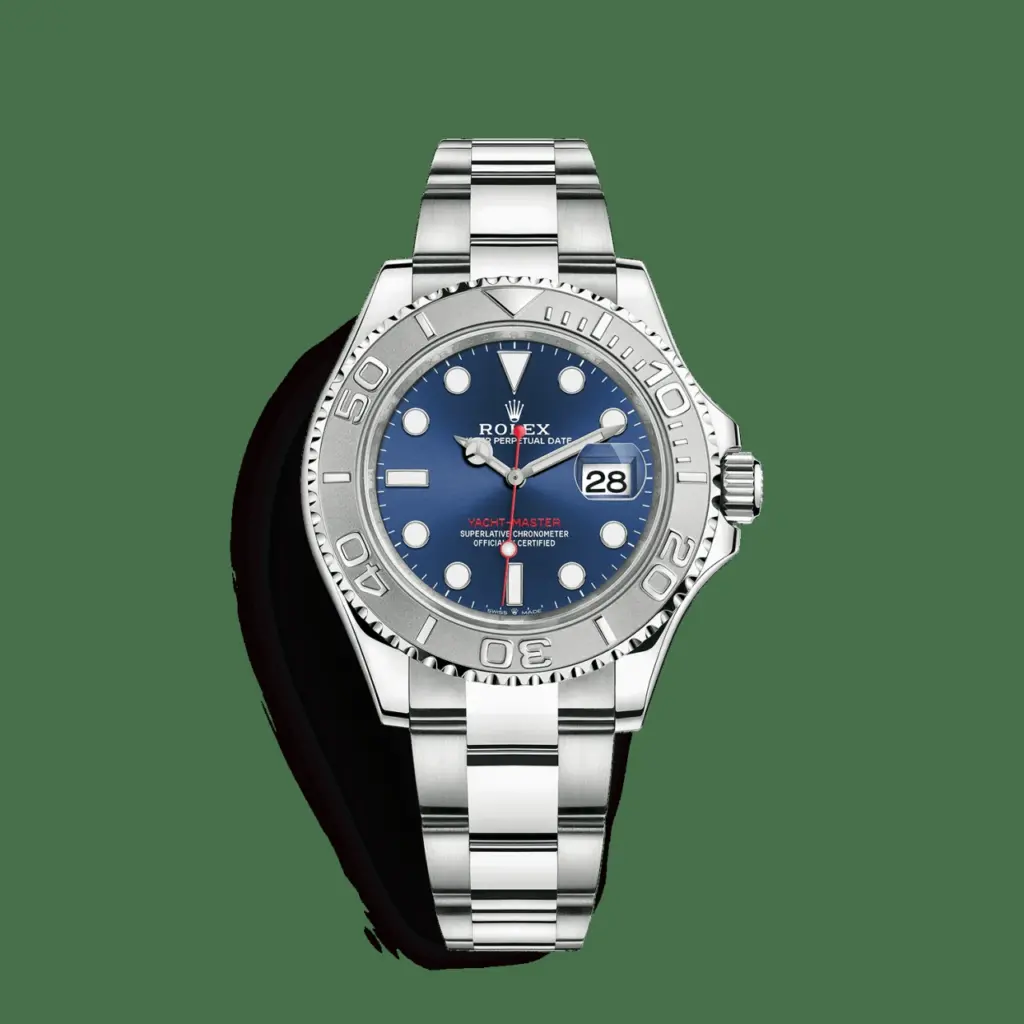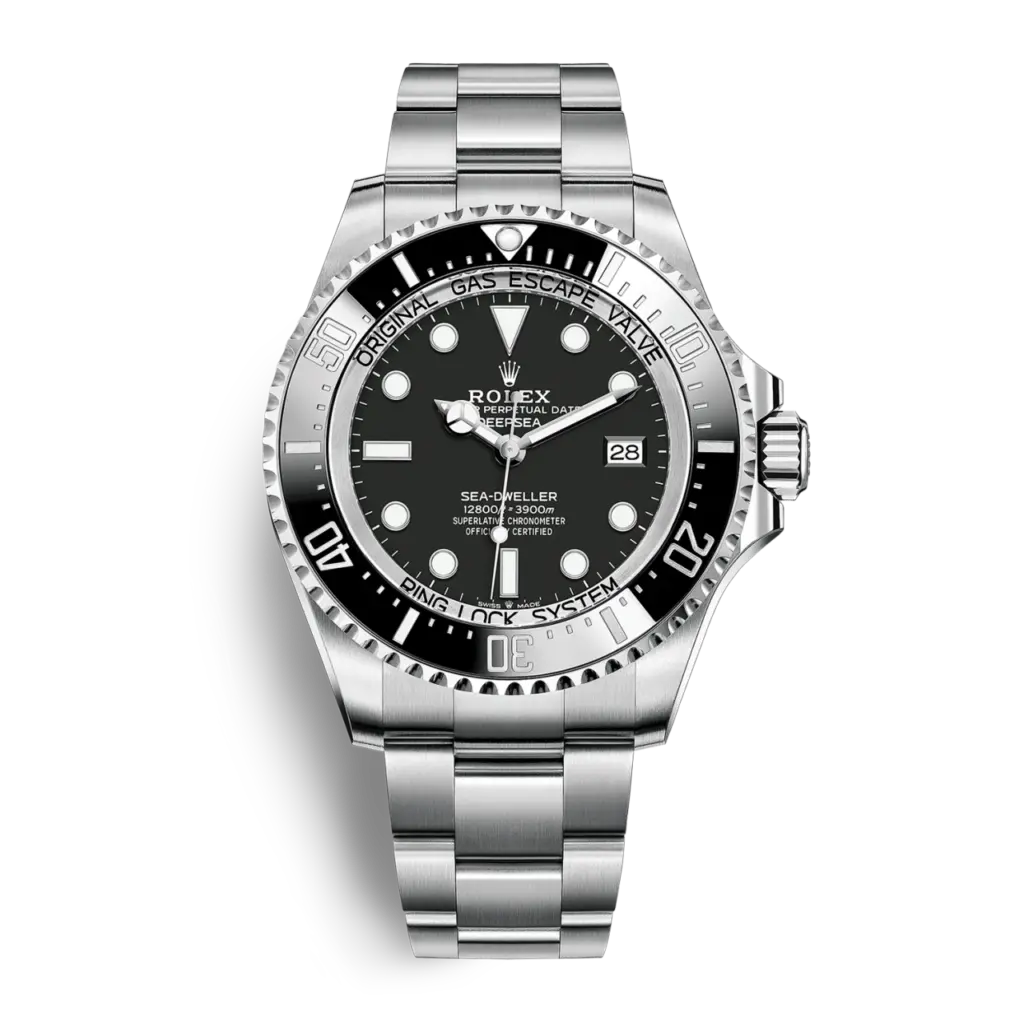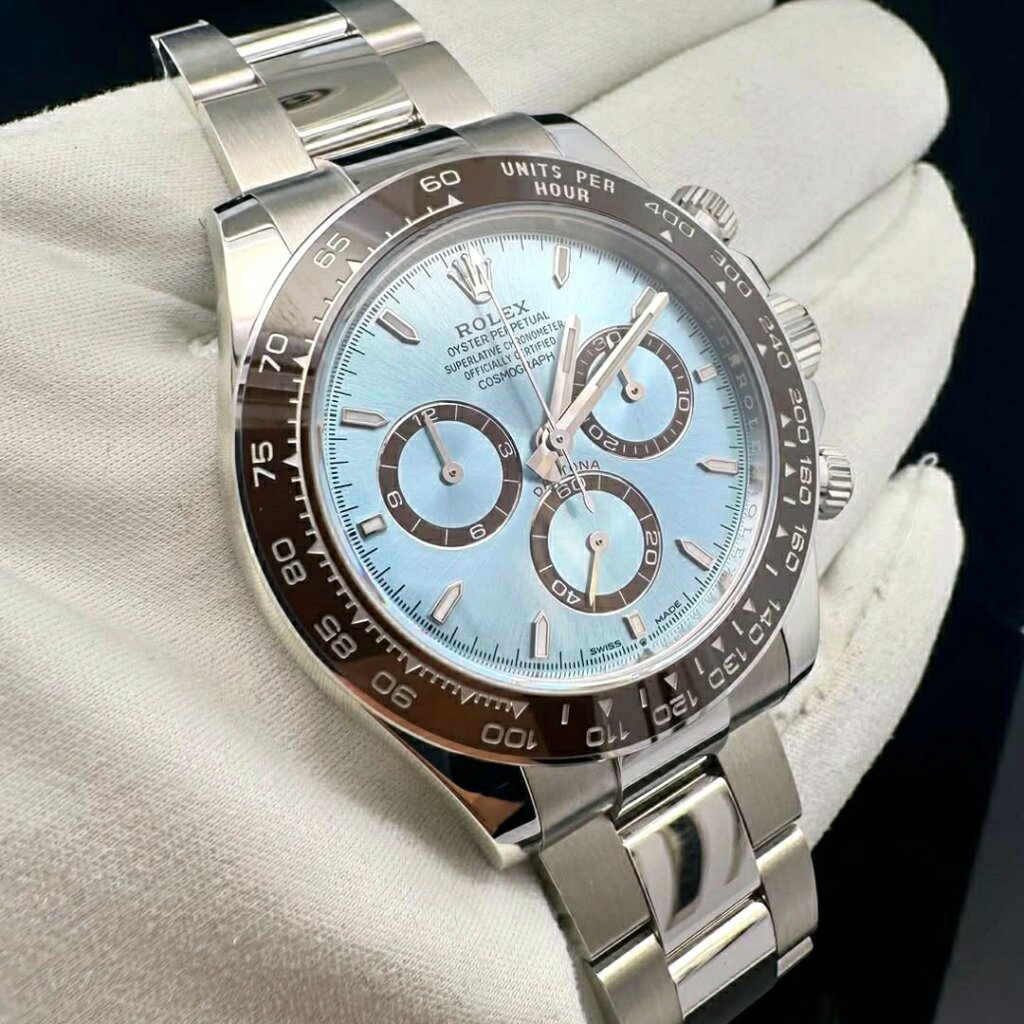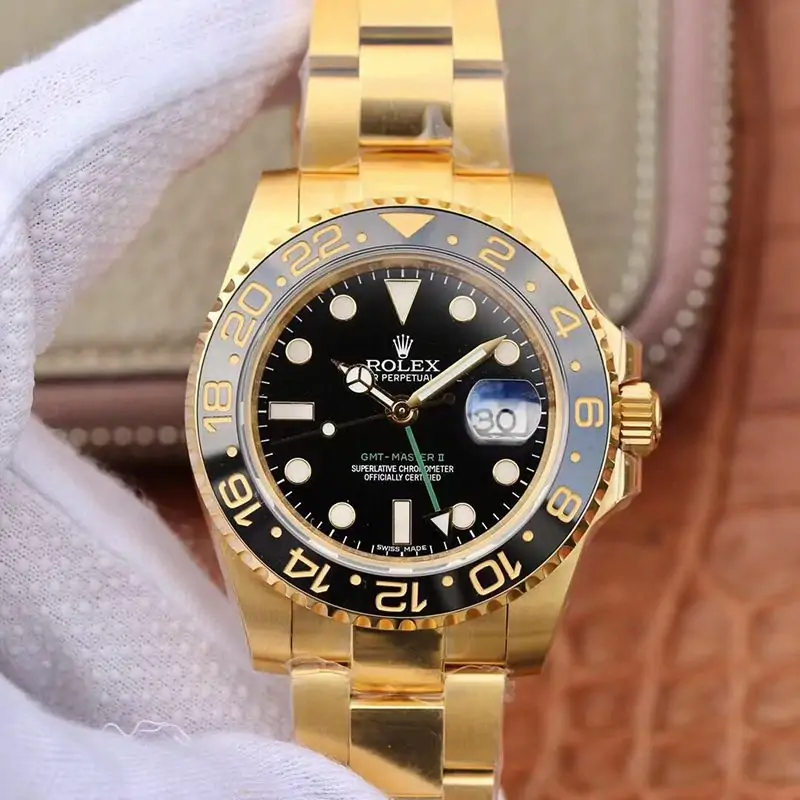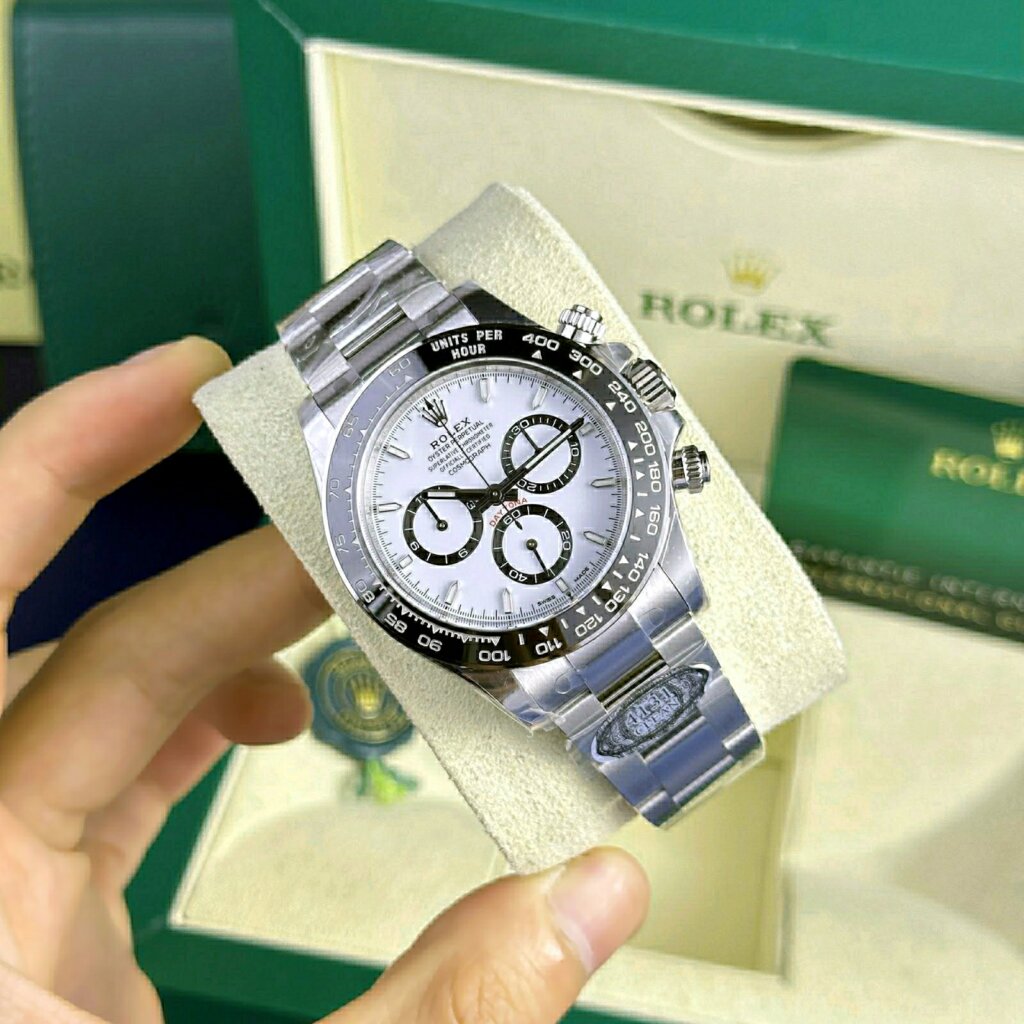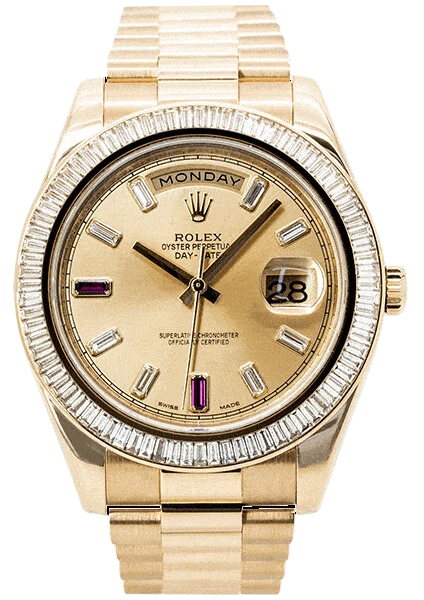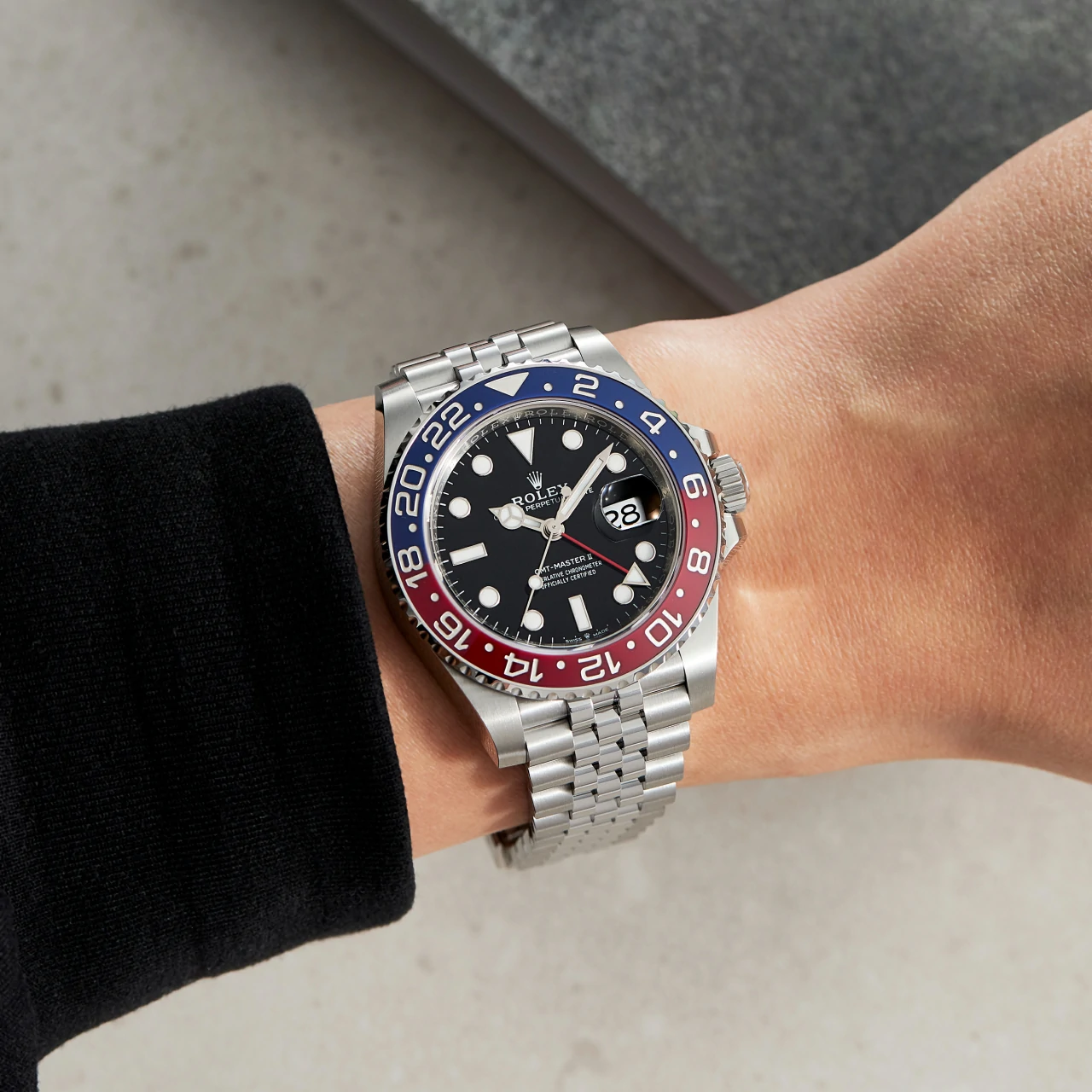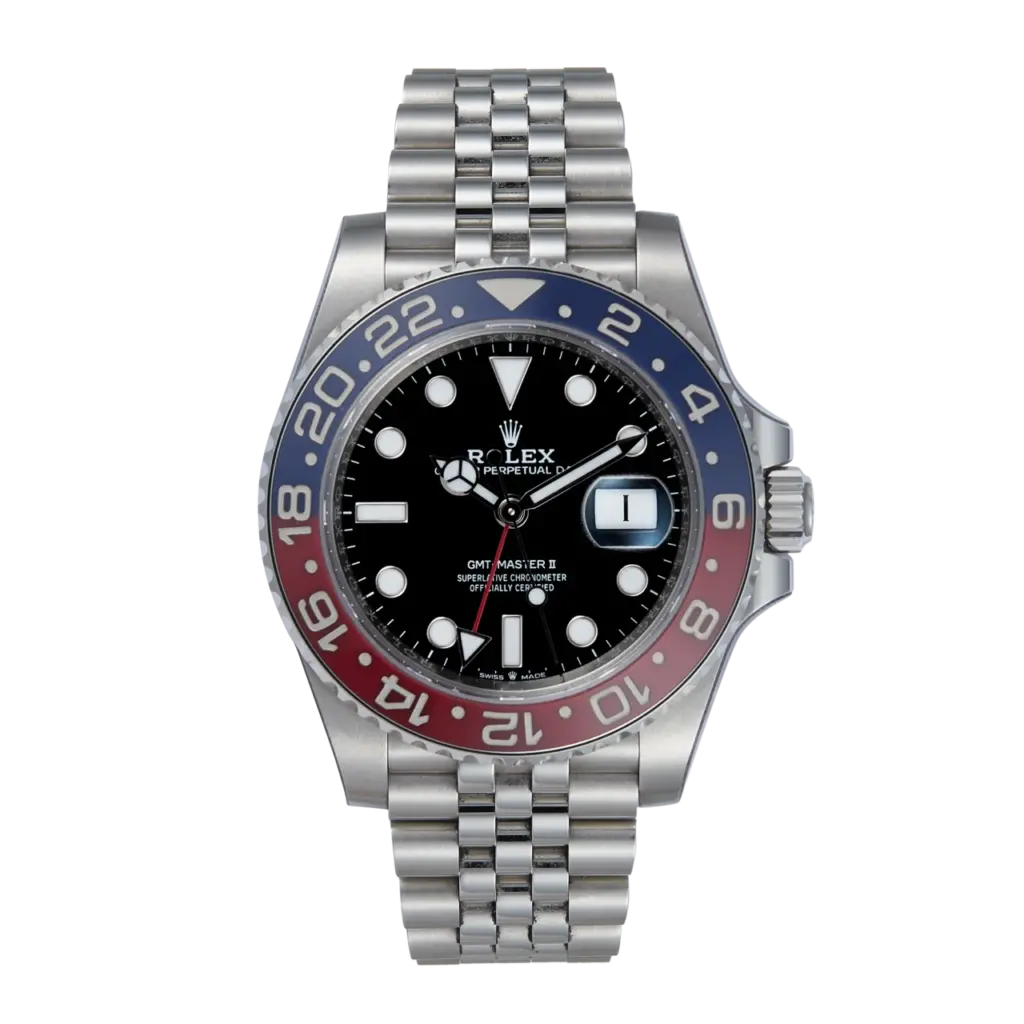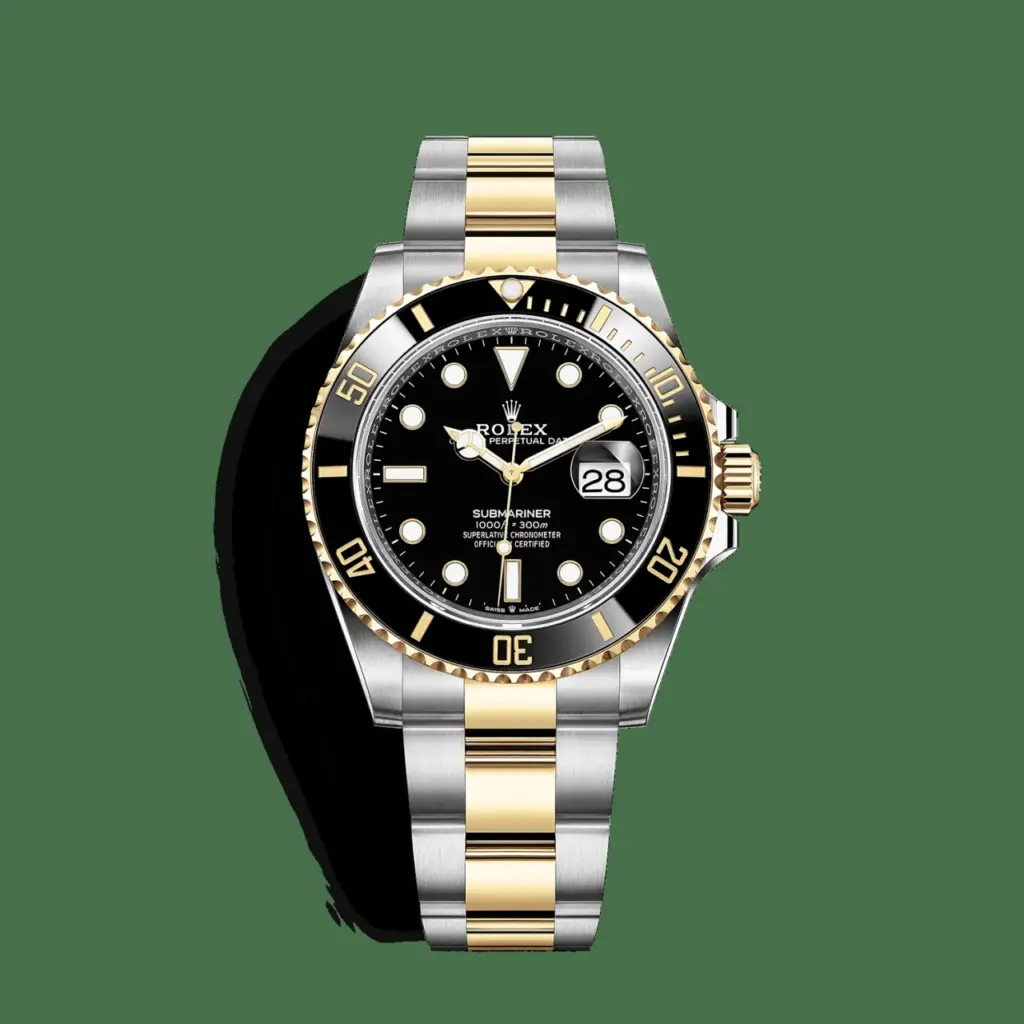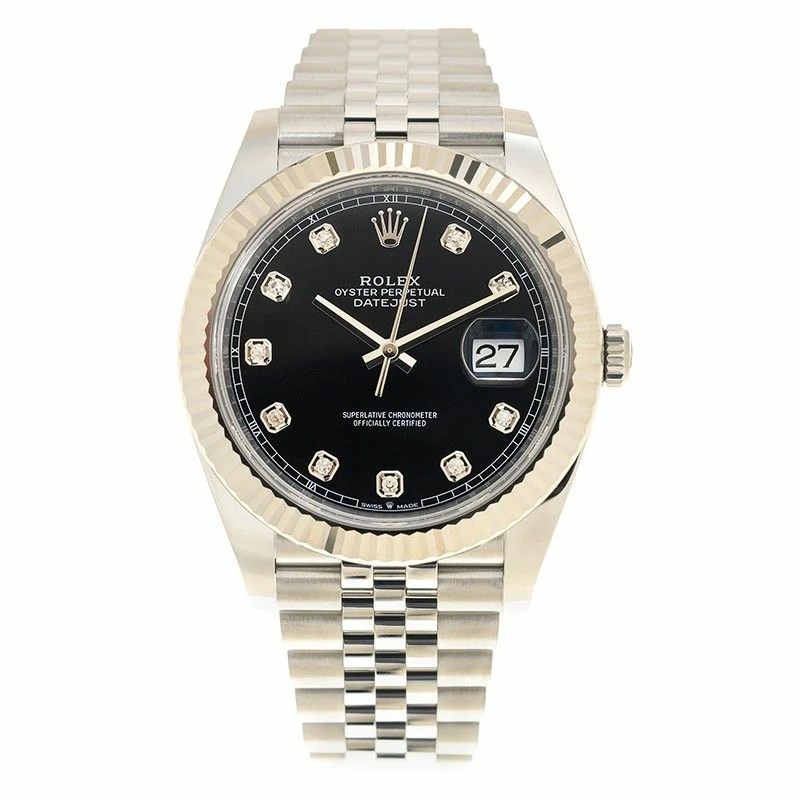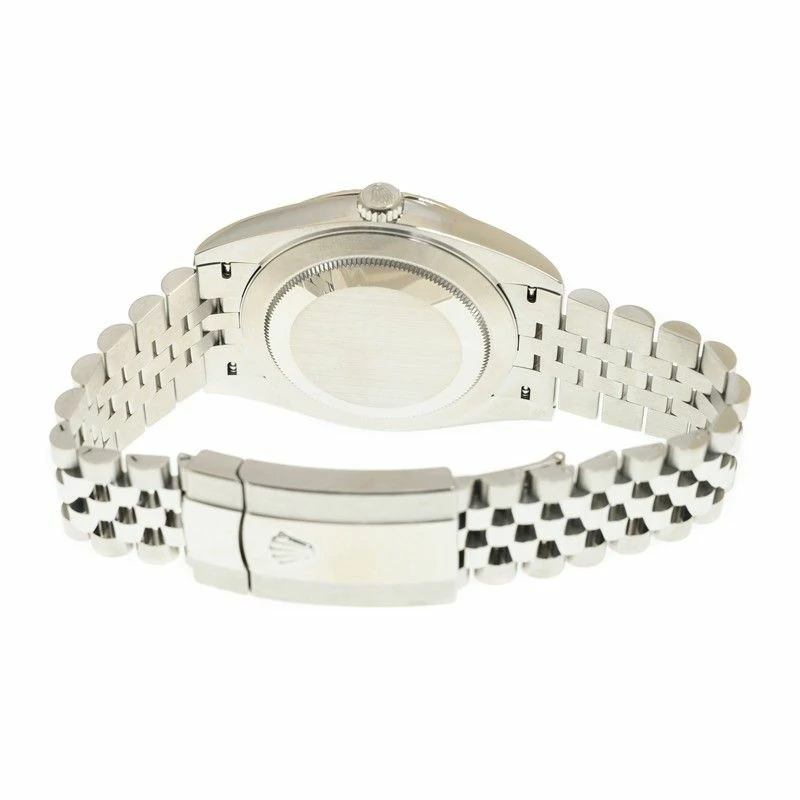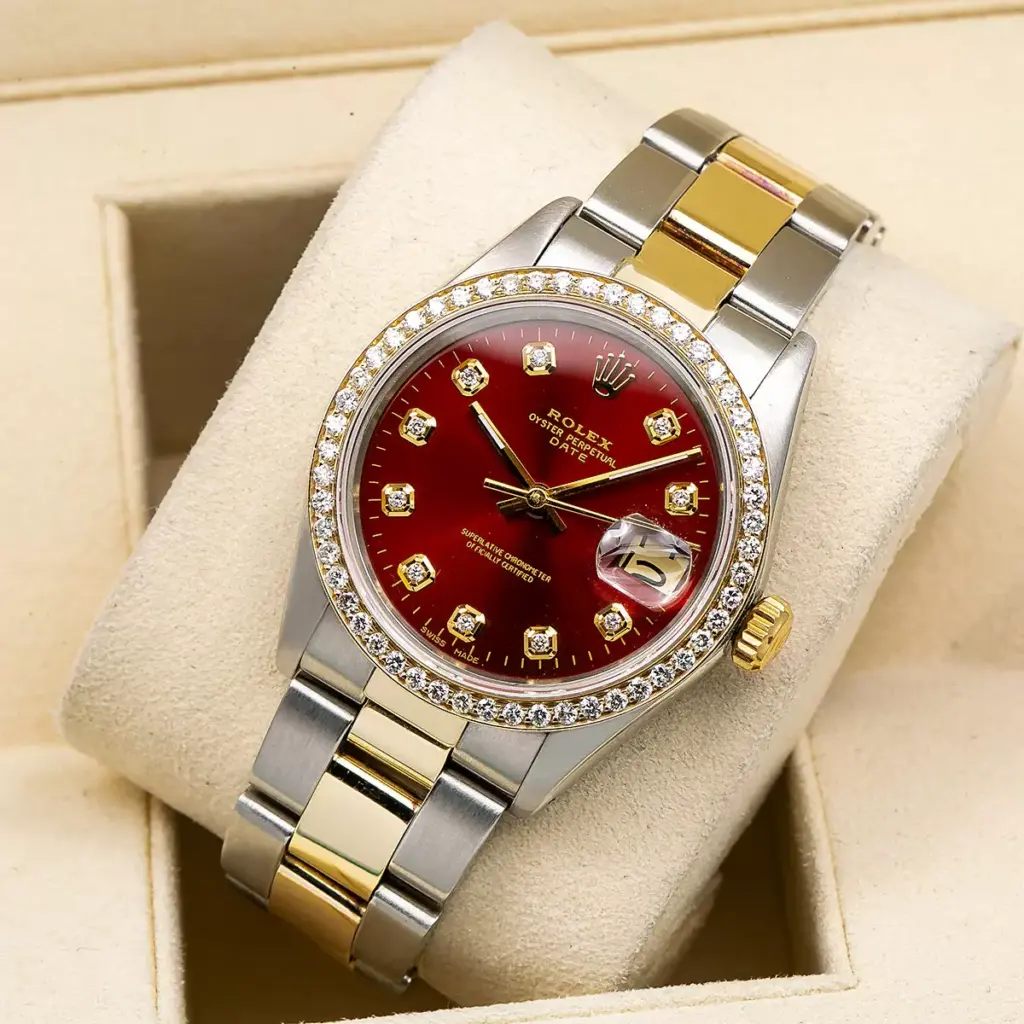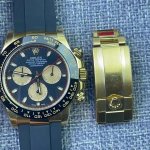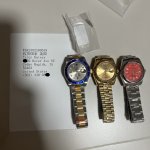The Allure of Rolex’s Most Coveted Vintage Replica Watches
The brand’s vintage offerings hold a special place in horological history – each with its own story, rarity, and unique appeal. From the bold “Big Red” Daytona to the groundbreaking Milgauss 6541, these watches represent Rolex’s innovation, craftsmanship, and enduring legacy.
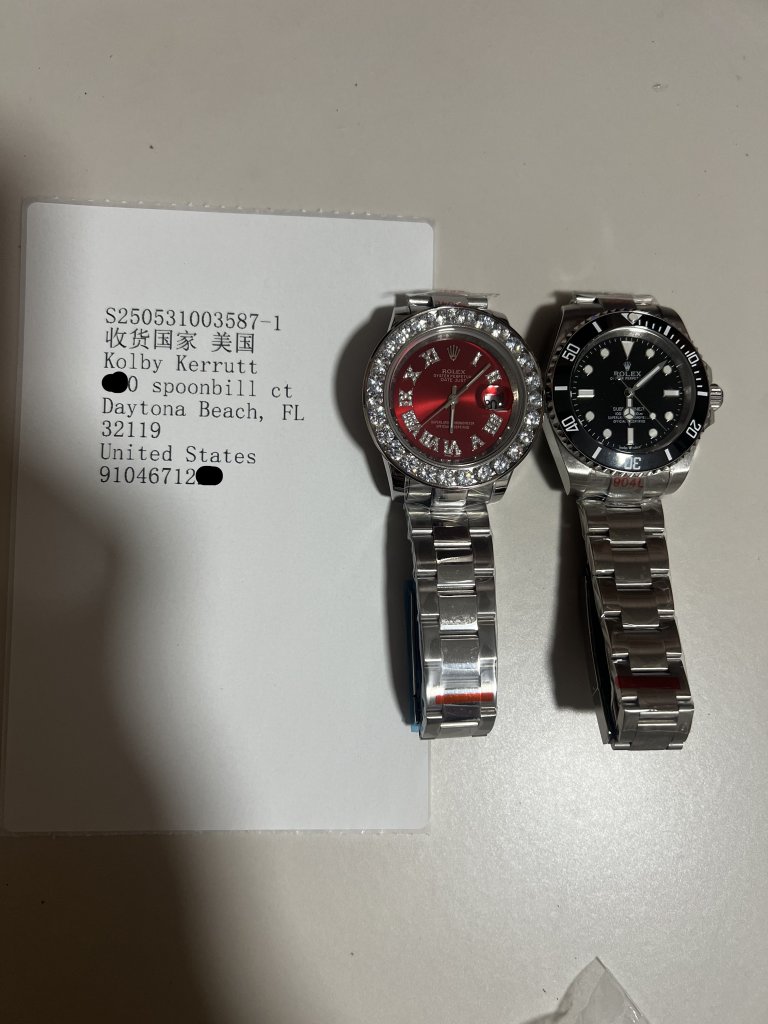
1. Rolex Daytona 6265 “Big Red”
Produced from 1971 to 1988, the Daytona 6265 “Big Red” stands out with its oversized “Daytona” text in red, a design quirk that has since become legendary. Unlike later Daytonas with automatic movements, the 6265 houses the manual-wind Valjoux 727, a robust and precise chronograph movement prized by enthusiasts.
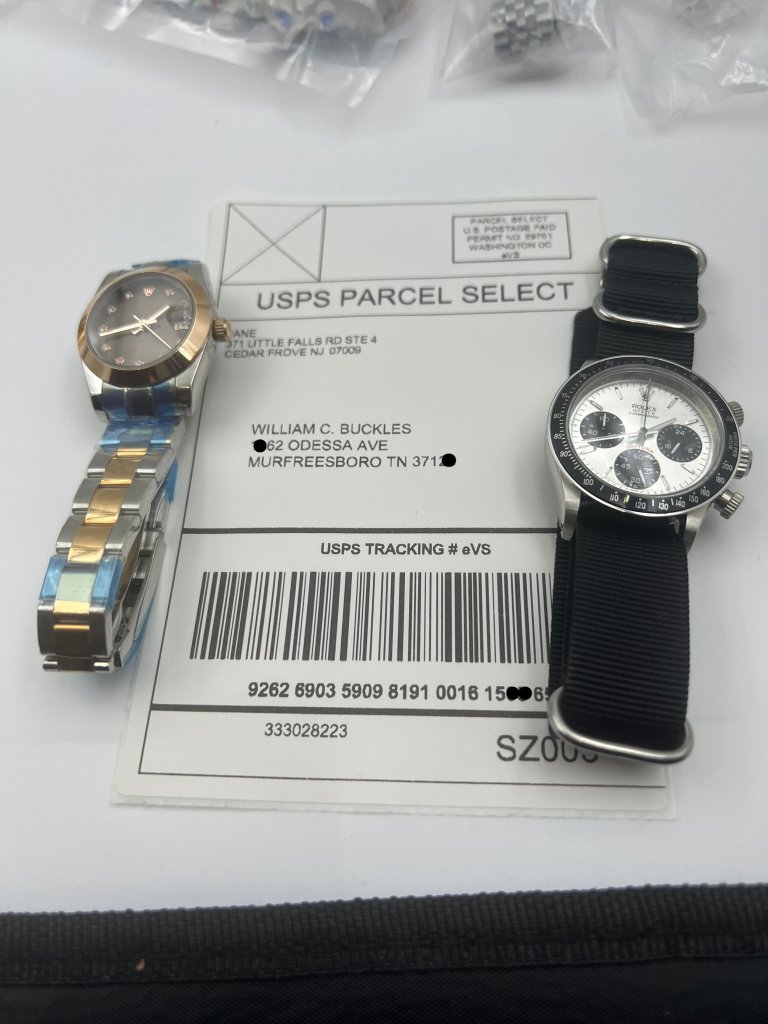
Initially overshadowed by more mainstream fake Rolex sports models, the “Big Red” has surged in popularity due to its rarity and distinctive aesthetic. Finding one in excellent condition is a challenge, making it a holy grail for serious collectors. Its blend of vintage charm and mechanical excellence ensures its place among the most desirable Daytonas ever made.
2. Rolex GMT-Master II 16710 “Pepsi”
Before the ceramic-bezel GMT-Master II took over, the 16710 reigned supreme from 1989 to 2007. Its aluminum “Pepsi” (blue/red) bezel offers a warmer, more vintage appeal compared to modern iterations. What makes the 16710 particularly special is its variety of bezel options – collectors can choose between “Pepsi,” “Coke” (black/red), solid black, or even rare two-tone inserts.
As one of the last GMTs with a traditional aluminum bezel, the 16710 represents a bridge between vintage and modern Rolex design. Its versatility and understated elegance make it a favorite among those who appreciate subtlety in a luxury sports watch.
3. Rolex Sea-Dweller 1665 “Double Red”
The Sea-Dweller 1665 “Double Red” (1967-1970s) is one of Rolex’s rarest and most historically significant replica watches. Its nickname comes from the two lines of red text on the dial – “SEA-DWELLER” and “SUBMARINER 2000” – a design quirk that lasted only a few years before Rolex switched to white lettering.
Built for professional saturation divers, the 1665 introduced the helium escape valve, allowing it to withstand depths of 2,000 feet. With fewer than 10,000 ever made, finding one in original condition is a monumental task. Its combination of technical innovation and vintage aesthetics has made it one of the most sought-after Rolex divers in history.
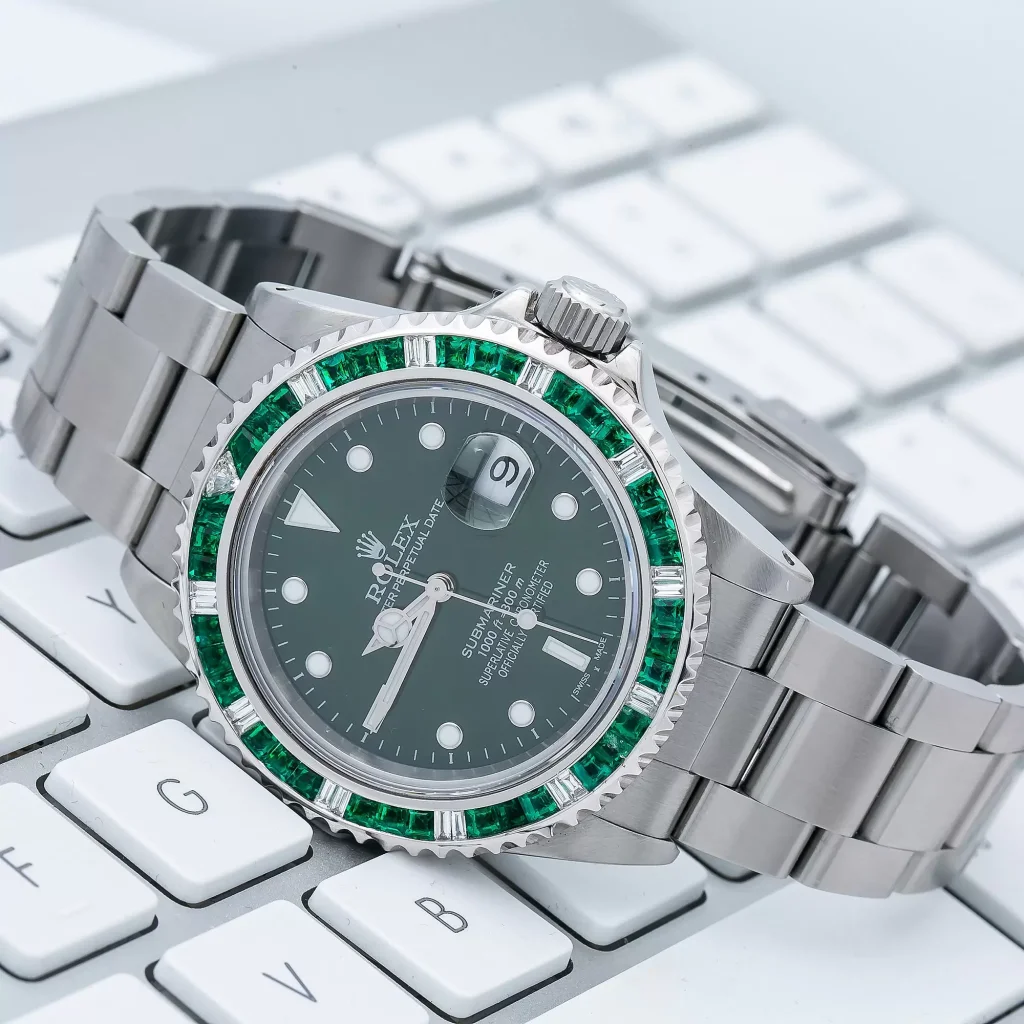
4. Rolex Milgauss 6541
Before the modern Milgauss with its lightning bolt seconds hand, the first-generation 6541 (1950s) was a true engineering marvel. Designed for scientists and engineers working in high-magnetic environments, it could resist 1,000 gauss – a groundbreaking feat at the time.
Its honeycomb dial, rotating bezel, and curved case set it apart from other Rolex models, while the lightning bolt hand added a touch of whimsy. Due to its niche appeal, production was limited, making surviving examples exceptionally rare. Today, the 6541 is a museum-worthy collectible, celebrated for its innovation and avant-garde design.
5. Rolex Day-Date 1803 “Pie-Pan”
The Day-Date 1803, often called the “President,” is Rolex’s ultimate dress watch, worn by world leaders and celebrities. However, early versions with the “pie-pan” dial – a gently sloped, bevelled edge – are particularly prized for their vintage elegance.
Unlike later models with flat dials, the pie-pan 1803 has a unique dimensionality that enhances its classic appeal. Paired with the iconic day and date window, it remains a symbol of prestige and refinement. Finding one with an original pie-pan dial is a rare treat for collectors who value historical detail.
Why Collect Vintage Rolex?
Vintage Rolex watches are more than just timekeepers – they are pieces of history. Each model tells a story of innovation, from the replica Rolex Explorer II to the dive-ready Sea-Dweller. Their limited production, unique design quirks, and mechanical excellence make them highly sought-after investments.
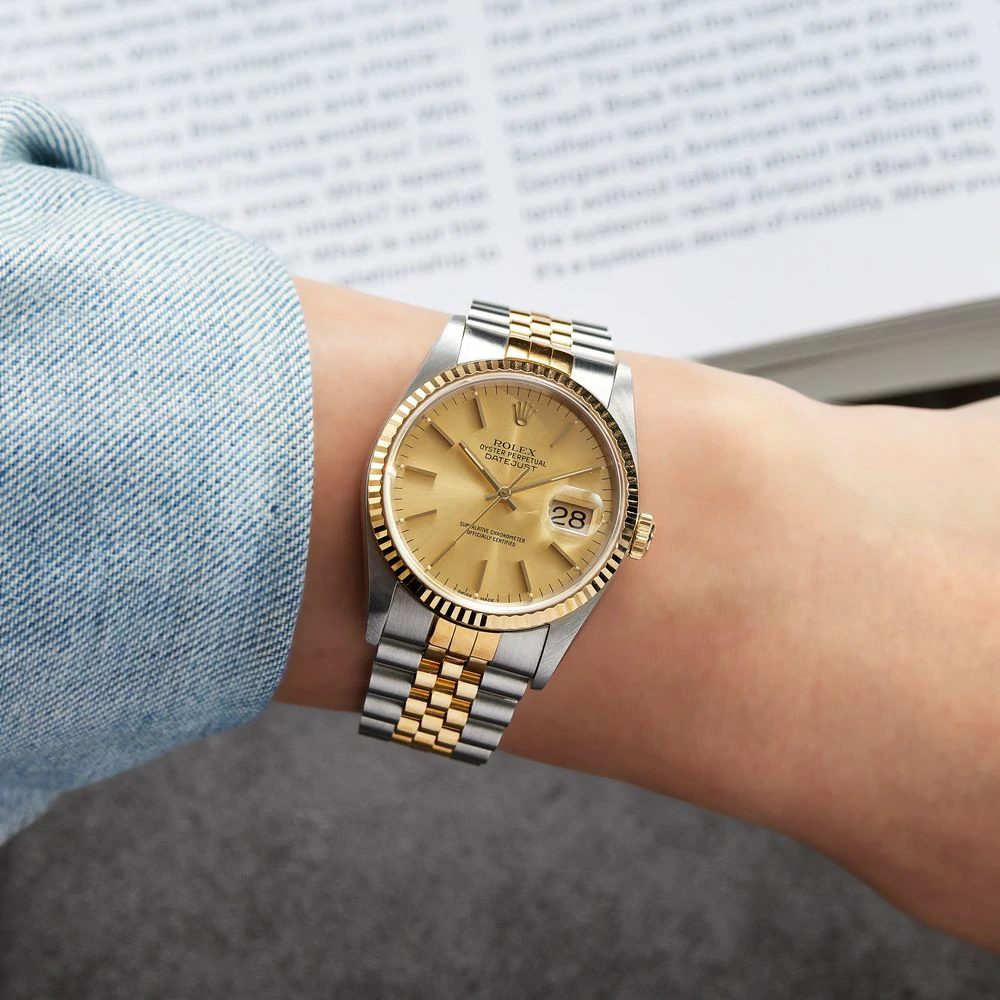
We specialize in sourcing the finest pre-owned Rolex watchs, from rare vintage gems to modern icons. Whether you’re seeking a Daytona “Big Red,” a “Double Red” Sea-Dweller, or a Milgauss 6541, our curated selection ensures authenticity and quality.
Read More »